|
Nearly five years after I started my first pilot season, Gola still holds a very very special place in my heart for a few reasons. First, she's the first wild, live, juvenile chimpanzee* that I ever met. On our first day in the field after Drew and I finished our pilot season quarantine, we followed the field assistants into the forest before dawn. As we trudged along the muddy trail, contemplating how amazing and hard core our day was going to be, there was a cough. Barely a mile into the forest, along the main trail into the forest, the chimps had climbed from their nests to feed on a small, fuzzy fig called Ficus exasperata. The community was recovering from a respiratory outbreak that had hit them hard in March, killing three adults and an infant. Gola was one of the last coughing chimps. While the others ate, Gold continued resting for most of the morning. Though she remained in her nest, which was about 8 m up from the ground, I could see her head poking out from the edge of the her leafy bed. From the bank of the road where I stood below her, I watched her through my binoculars as she watched the other chimps start their day. After such a long while gazing at her, studying her face and noting her features, she was the first chimpanzee that I could readily identify without help from our expert field assistants. Secondly, the portrait that I snapped of Gola during my first field season (the first photograph at the start of this post) is, to this day, the best chimpanzee photograph that I have ever captured. She is so soft and thoughtful and perfectly lit in that shot. After such an auspicious beginning, she just continues to be the perfect model. She's given me some of the most expressive expressions and poignant images I could have asked for. I use them all the time to tell my own stories and show how similar to chimpanzees we can be. And Gola and I have been through a lot together- although, I should really say that I watched Gola get through a lot. As Olympia's next-oldest sister, part of my pain in Olympia's death was watching Gola grapple with it. She was one of the first chimps out of the tree, darting after her mother and peering into Outamba's arms as she clutched her dying infant. Watching her groom her sister's body, carry it around, try to rouse it into playing (for the full story on that day, please see my previous blog). My favorite thing about Gola is that she is just so prosocial. Like her sisters, she loves carrying sticks and stones around with her, playing with them and building nests for them. One of her favorite games is picking up any infant, just to carry it off, build a ground nest for the two of them, and the just groom the baby in the nest. Of course, the infants are less thrilled with this game than she is and tend to run for their mothers after a few moments of forced grooming. Gola loves new females and has been among the first to approach and groom the three that have joined since I started working with the project. She seems sensitive to injured chimps as well. Over the summer she was very interested in the wounds of recently snared young male. When Gaga came back with her snare in 2016, Gola groomed her for hours. After I left the forest this summer, Gola lost her mother and newest sister, Omukunyu, too. I don't know much about how she's doing since then, but I've heard that she's been hanging with the big boys, like Tuber, seen below playing with Gola and chewing on her fingers. My fingers are crossed for this juvenile. Surviving without a mother is hard on chimps, even after they're completely weaned, but if anyone can get through it, a social butterfly like Gola should stand a decent chance. *The actual first wild chimp that I saw was an elderly, and very dead, male named Stout, but that's another story for another day.
0 Comments
The chimanventure continues...Sometimes chimpanzee knuckle prints are frustratingly difficult to discern. Other times they’re practically billboards. With the right weather and mud consistency you can tell whether the calloused reliefs are a few minutes, or hours, or days old. More often than you might expect, the prints leave clues about which specific chimps you’re tailing: a couple of robust, strong-handed adult males; a lone, knobby-knuckled senior; a mother with her small and slender-fingered juvenile. On rarer occasion, features like missing fingers, limbs or a particularly unique gait can even help you discern the individual. In this set, we found big, strong knuckles followed by one large, round, indented oval. It could only be Max, a young-adult male who very sadly lost both of his feet to two different snare injuries when he was quite young. That big oval is the stronger, less painful leg stump that he balances on as he travels. He tends to tuck the other leg up into his chest to keep it off the ground. Following Max’s trail there was another set from a much smaller, and therefore younger, chimp. Perhaps Max’s little brother, Moon? We followed the trail from print to print like bread crumbs tracing each outline. It could be Max and Moon. The brothers have travelled together quite a lot since their mother died a few years ago, but recently Moon’s been branching out, extending his social network to other, older males. This summer he’s practically been Eslom’s shadow. Alternatively- given that the sets weren’t overlapping in quite the right way to conclude they must have been made at the same time- it could be Max on his own following in some other chimps’ trail. I swallowed my raising hopes of finding Moon to stave off the disappointment of the later option. As we crouched over the knuckle prints, talking through the options, a twig snapped up trail. Looking up from the wet earth we caught the last edges of dark limb and the rustle of dense vegetation swallowing the form. CHIMP! A few quick steps to catch up and we confirm: Max resting in the bushes us off trail! …and Moon above him reaching for a snack! Nailed it! Even though these two just fine for me because Moon is one of my focals, they aren’t ideal for Stephanie’s mother-focused work. But, compared to the geezers we found this morning, they are much more likely to run into one of her focals. A sigh of relief, high-five and tugende! Let’s go!! With renewed energy we followed the brothers as they led us straight back across the valley and into one of the few remaining patches of Uvariopsis. When they reached the grove, Max sat below the stand of trees and Moon paused just behind him. The pair surveyed the quality lingering fruits, considering which tree trunk to climb first. But their eyes, and ours, found more than just fruits--- exactly as we’d hoped they would--- they’d taken us to even more chimps! And just like that, in the perfect one-day metaphor for what it means to be a chimper, we went from the feeling that we’d never find our focals ever again, to stumbling over Max and Moon, and now, like she had magically granted my deepest wish, here was Tongo feeding above our set of orphaned brothers alongside all of her offspring (even the fully grown ones)! The boys each climbed up their own thin UVA trunk, food-barking happily.... 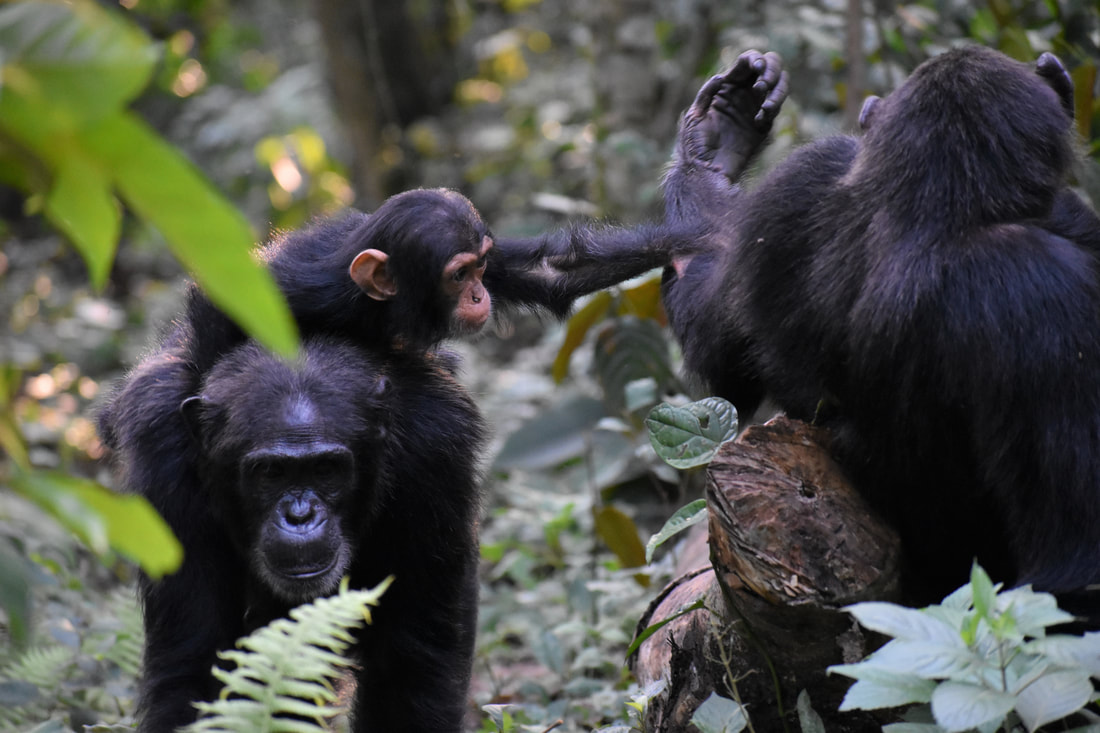 Now this is a party. After stuffing themselves each to the brim, each chimp came down one by one to recline on the ground, approach a friend, exchange some grooming, play with Tongo’s infant, Tangawizi, and generally relax. Somehow we had stepped out of the most disappointing type of early morning into the most rewarding mid-day! I mean honestly, to go from no suitable data chimps, to the best type of chimp viewing with my favorite chimps?! It was delightful! And we’re not even to the best part of the day yet.......to be continuedI have no idea how it suddenly turned into September. It just all happened so fast! Honestly, it’s just that every time I sit down to write, I can’t figure out where and how to start. Just like every other season the last one started off feeling never ending, insurmountable even. It dragged on forever, a never ending loop of wake up at 6am, stagger into the forest at first light, follow the chimps, go home and eat and enter data and sleep, repeat. And then, I was so pleasantly surprised by the most amazing summer. You might not even believe it if you weren’t there. By mid-July, the entire community had ranged and fed and played and groomed together every day for so many weeks that a first-year graduate student out for their first summer finally turned to me to ask, “So, fission-fusion, is it really how chimps work or just one of those things you read about all the time but it’s not reality…?” You can’t believe the fairy tale wonderland of June and July. And it lasted forever! Until it stopped. And they all broke apart again like they were never all together in the first place. Like the magical fairy tale wonderland never happened- like they’d deny it ever could. And that was, of course, magical in its own right. Something about the wonder of witnessing a thing that no one else might ever see and knowing that it might never happen again. Feeling like maybe the chimps knew it too, like they were looking at us telling us not to get our hopes up because it can’t last forever. And then when it finally really did end, it came too quickly and not soon enough in the realest most complicated kind of way: equal parts dark and light; and happy and sad; and beautiful and tragic in some sort of not-quite-Shakespearean poeticism. And I’m still working through the mechanics of how to write about it in a way that does all the sides justice. I have a few bits and pieces that are nearly ready. I want to be as honest as I can about how I experienced the last few months. They were so amazing and so hard and so terribly, terribly beautiful. The balance is nearly right. They’ll be coming along just as soon as they’re polished… so stay tuned. When I started this project in 2013, Tembo was a rambunctious little yearling with a penchant for play. Since then he’s gotten quite a lot bigger, but he hasn’t really grown up. In fact he’s a bit of a spoiled firstborn if you ask me. Last year, at age four, Tembo went through a very rough weaning period as Tenkere rounded the end of her pregnancy with Tambara. He begged his mother constantly for milk and then cried again after taking her nipple to find she’d run dry. As Tenkere encouraged him to travel more on his own, the intensity of his fits increased. He’s follow at his mothers heels whining loudly and then when she turned around to pick him up, he’d vehemently refuse by pulling away from her, throwing his body on the ground, and escalating into pure screams. He even put two-year-old Leakey’s weaning tantrums to shame (for more details on her crash-diet from weaning, check out my previous blog)! The birth of his baby brother in 2016 hasn’t pushed him any further into acting his age either. Rather than grooming or playing with Tambara, Tembo throws tons of energy into competing with his brother for mom’s attention. Luckily, as a part of the O-Family Dynasty he has the adoring eyes of grandmother, Outamba to fall back on. She really dotes on him and seems to prefer playing with Tembo to playing with her own daughters. I’ve even seen Outamba come running to Tembo’s aid when the males get so rough that the mighty Tenkere has fled up a tree. Despite his tendency toward brattiness, I can’t help but love following the little bugger around the forest. It’s pretty rare to get bored watching this little guy. Perhaps his maturity hasn’t developed but his love of playing all the time no matter what certainly has! Follows of Tembo are nearly always the type where I end up recording 90% of the data on video because he’s just skipping from play bout to watching someone groom someone else to another play bout and then there’s some aggression that he’s watching and on and on and on. But I can’t wrap on Tembo without talking about how much I love his mother, Tenkere. My favorite type of female chimp is the kind like Tenkere, who is as playful as her son and gives aggression back as often as she takes it. She is the archetypal strong and sassy. Over the past two weeks, I’ve watched her play with any willing partner from her youngest son to the adolescent females to alpha Eslom and even our oldest male, Yogi. The only chimp that laughs louder than her, is Quiver.
Once upon a time, a forest-loving field researcher and her partner went to the great savanna at Queen Elizabeth National Park. Though less green than her normal environs the savanna was beautiful and full of wildlife! This is what they found…. From the moment they crossed the equator, herding ungulates, or animals with hooves, dotted the landscape. Though May in Uganda is the low season for tourism, it’s the calving season for kobs, small antelope that range in the park. The babies can be very difficult to see as their mothers hide them in tall kob-colored grass, but the males with their antlers are quite easy to spot. Earthen-red topi are much bigger than kob, and apparently they have one of the most flexible and diverse social systems among the antelopes. Waterbuck are even bigger still and resemble a sort of deer-donkey hybrid. According to the wildlife guides, their flesh is very unpalatable to local predators who avoid eating them in favor of smaller game. Cape buffalo were also abundant throughout the park both on the savannah and wading in the channel. Though they look a bit lazy, chewing their cud and staring into space, the brute force behind those huge horns can be quite dangerous. In fact, buffalo are among the most deadly savannah animals across Africa. One of Queen’s most famous attractions is the UWA-led boat safari of the Kazinga channel. The channel links two of the great lakes of Africa: George and Albert. Boats launch from the Mweya peninsula and creep slowly along the shores highlighting the water-loving hippos, crocodiles and dozens of species of birds. Every day, the cormorants commute from their roosting spots in the mountains down to the shores of the channel to feast on small fish. Then at sunset, the head back together, flying low over the water until finally pulling up and gaining altitude at the opposite shore. It seems that every acacia was full to the brim with weaver birds. These birds live in vast colonies of little spherical nests that they enter from below like this one. Here, a male shows off his building talent, padding his nearly-finished abode with the hopes of impressing and enticing one of his colony’s females. Finally, the crown jewels of the Queen’s park: the famous tree-climbing lions of Ishasha. Toward the southern tip of the park, there is a species of fig tree that grows up out of the scrub. Those trees are so big, with limbs so thick and at the right angles, that they can support the weight of full-grown lions. These lions apparently come from all over the park to rest among the branches enjoying the breezy shade above the flies and the heat of the sun-baked earth.
This one, little Lobo, has been giving his “big” sister Leakey grief since conception! If you remember, Lia is one of our two moms that conceived very quickly after her previous baby. As a consequence, Leakey was forced onto the crash-weaning diet just after her second birthday. She was not happy about it, nor has she been quiet about her displeasure, but now she seems to be managing on adult foods just fine! Lia, who definitely deserves a Super-chimp-mom award, has been carrying both infants wherever she goes since Lobo was born in July. Lobo clings to her belly while Leakey mounts and rides Lia's back. Luckily for Lia, Lobo has a ton of siblings to entertain him when Lia needs a rest. While I was in the States between seasons, I worried quite a bit about Lia's two infants. Last season Leakey was clearly suffering from her mother's split energies, this season I worried I might return to find both- or really all three of them- in bad shape. The good news is that everyone seems to be coping. Lobo in particular seems to be taking it well- but it is still early in his young life and certainly neither baby is “home free.” I imagine that things will become a bit harder on all three individuals before they ease up, but I'm hopeful...cautiously optimistic even! And finally, our newest teenie tiny little Wanji, who was born on the second day of this season. Wanji’s name is a Lugandan term that roughly equates to something between “What’s up?” and “Huh?” He was named after a prank that the field assistants pulled on us, tricking us into thinking that Wangari had returned from a month of maternity leave carrying little Wanji along in October. Our field assistants love to play tricks on us- they were quite amused over both our excitement and our disappointment at the reveal. We all got a good laugh too, but it was such a let down! If I hadn’t been there to see Wanji with my own eyes, I wouldn’t have let myself believe the guys until they found him and showed him to me for fear of a repeat disappointment. But, as you may have read in my previous blog, there was nothing disappointing about that day in the forest! Wanji brings the 2016 baby count to six- a pretty incredible feat when you consider how many females were not eligible to contribute. And, to add a bit of icing to that cake, five of them are boys which rounds out our study population quite nicely. Now I’m just waiting on one more female to give the last of my original study babies a little sibling before the end of data collection in August…
....come on, Leona! Mango is one of the original five infants of my study and, like her contemporaries, has grown-up so much since I met her! In 2013 both she and her mother, Michelle, were very shy. Michelle especially dislikes the camera and was very protective over little Mango. The pair also spent quite a lot of time on their own which added an extra level of difficulty for finding and tracking them. One of my favorite early moments following Mango was an hour-long play bout with Mango swinging across a trail in a tangle of vines. She was having so much fun and I couldn’t help but giggle through the whole hour. Until this season, Michelle and Mango were easily among the most difficult chimps for me to follow and photograph. Over the years Michelle has slowly become more and more comfortable with researchers and in her position in the group and consequently spends more time with other chimps toward the center of the community. Mango’s curiosity has grown and she’s become bolder and more playful. The thing about a pair of chimps like Michelle and Mango is that they remind me what my job means in ways that are more intrinsic than the science that I do. They teach me patience and flexibility. They teach me to track. They encourage me to work on my relationship with the forest and how to move through it. These two are the type whose trust you have to earn slowly over the days and months and years. But once you’re in its so worth it! Last year (2015) I caught Michelle in a rare jovial moment: she completely she her normal serious adult façade, dropping her bottom mouth into a play into a big open play-face before charging into a massive play bout between five juveniles. Mango wasn’t even playing at the time! Michelle just jumped right in with all the kids first and waited for her daughter to catch up! That moment was one of the happiest of my life and instantly became a bit of a metaphor that I rely on to help me remember why I do what I do when things get hard. My job can be so difficult in so many dimensions-both in the field and back in the states- and it can be so easy to fall into a hole of questioning how and why I ended up here… but remembering the day that Michelle and Mango jumped into a pile of wrestling chimp kiddos is like instant happiness and one of the easiest reminders of how to answer all of those life questions. This summer, when Michelle gave birth to Mango’s new baby brother, Mucoso, the distraction gave Mango some extra room to stretch her social legs! And that’s when I finally snapped this photos- which you may recognize from my homepage.
More to come... This beautiful lady is one of our Northern-neighborhood females. She is very shy but has been spending more and more time with central group members since D and I got here in January. Her favorite social partners seem to be other Northerners like Y, shown here grooming Lady G. Some of her more notable features are those piercing light eyes and a snare injury, which you cannot see here, that left her fingerless on one hand.
|
Kris SabbiThis blog is a forum share my personal experiences as a field researcher and traveler. Categories
All
Blog Archives
June 2022
By Category
All
|
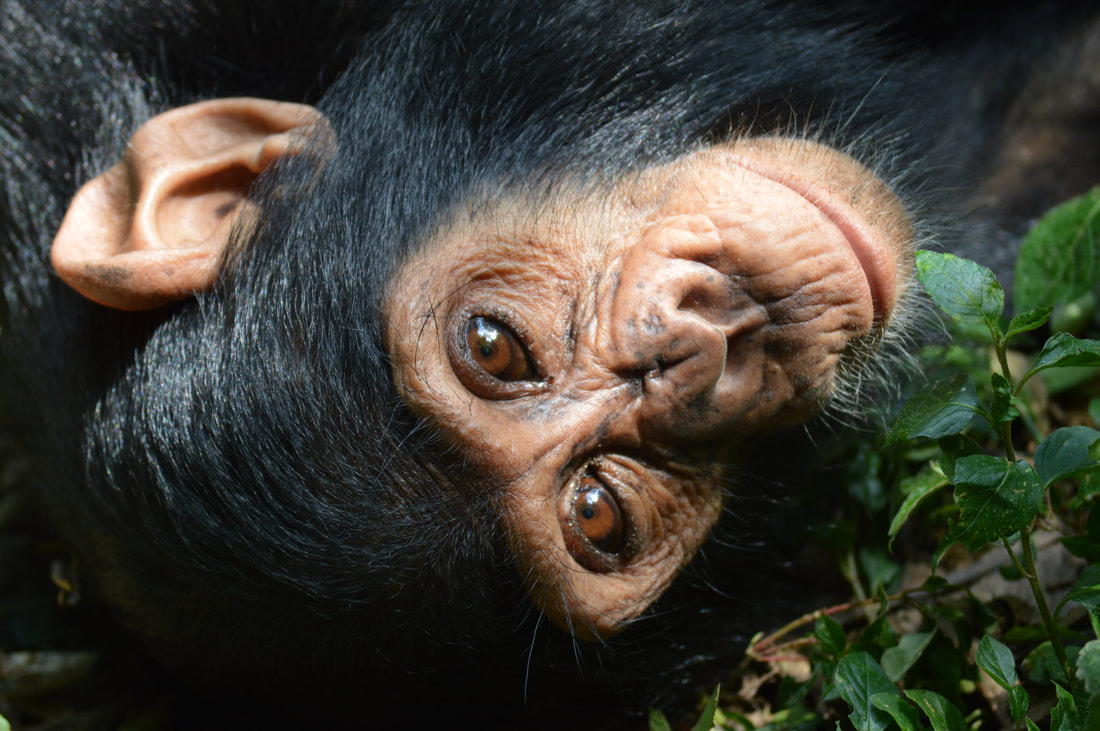
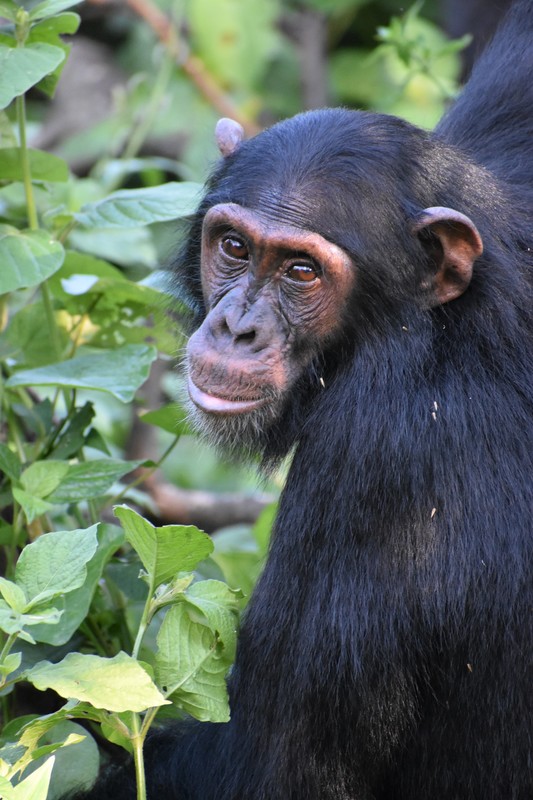
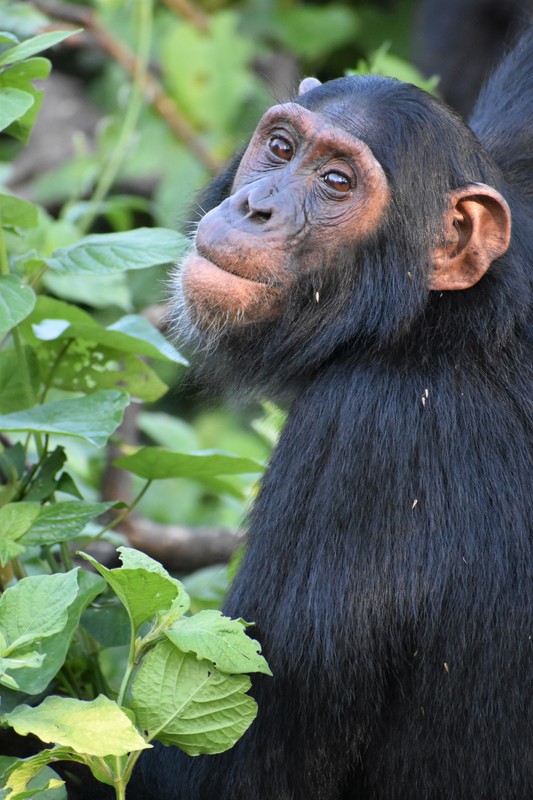
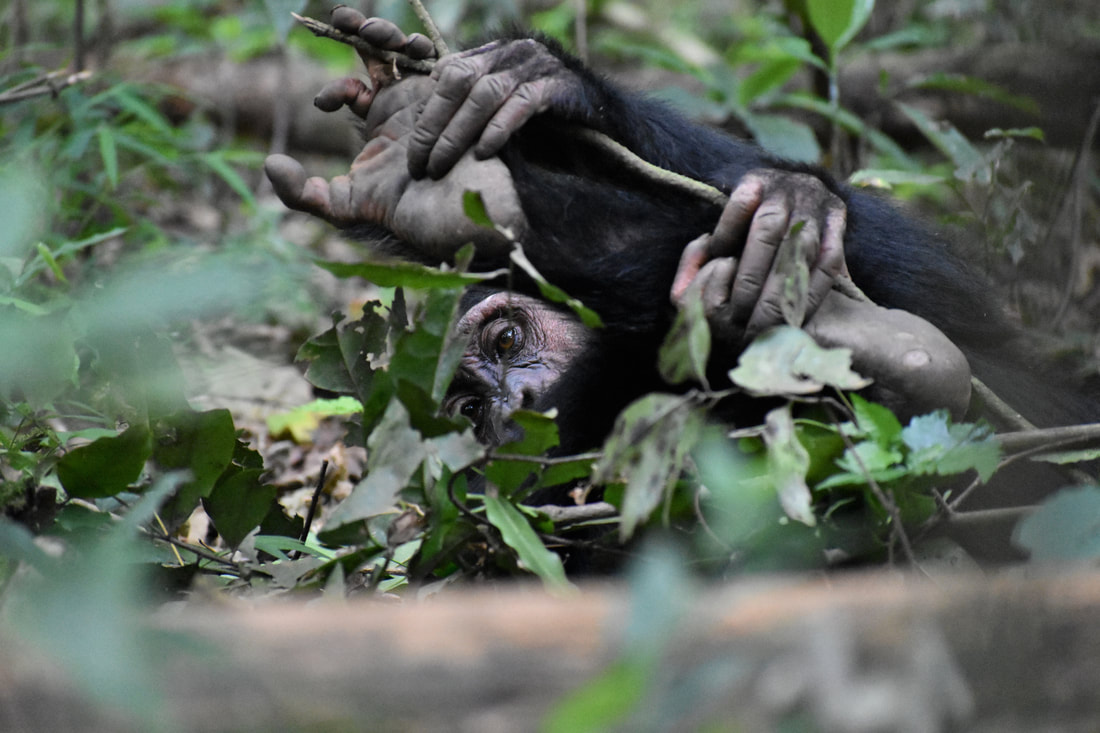
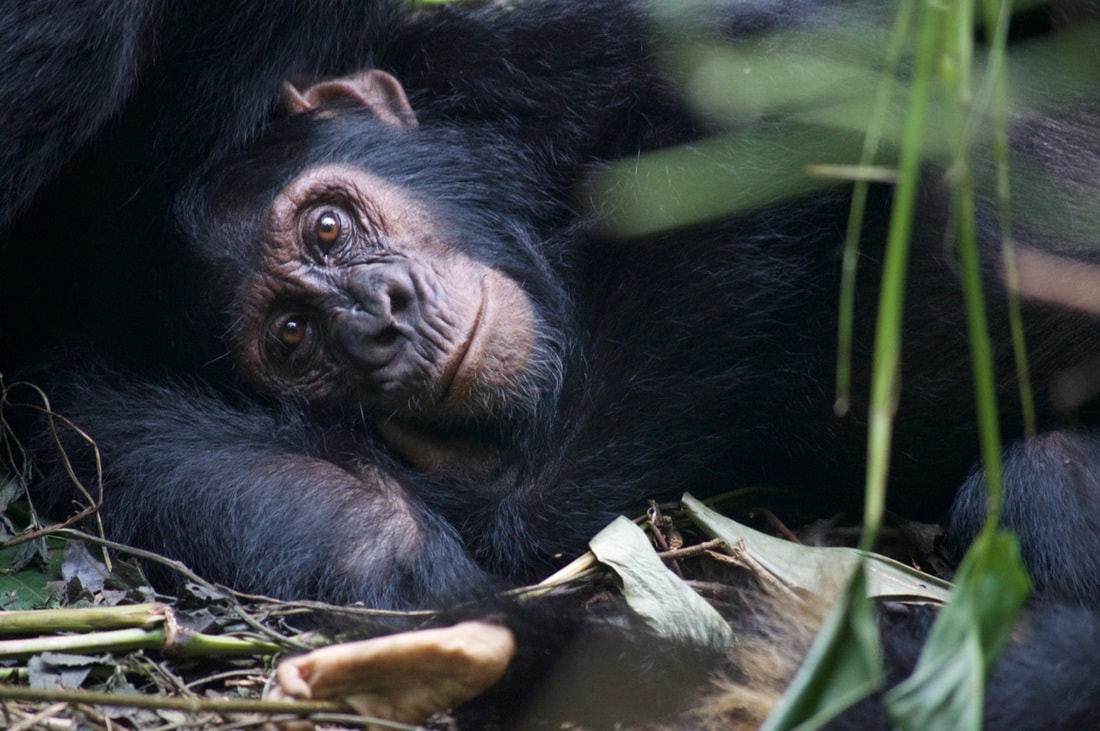
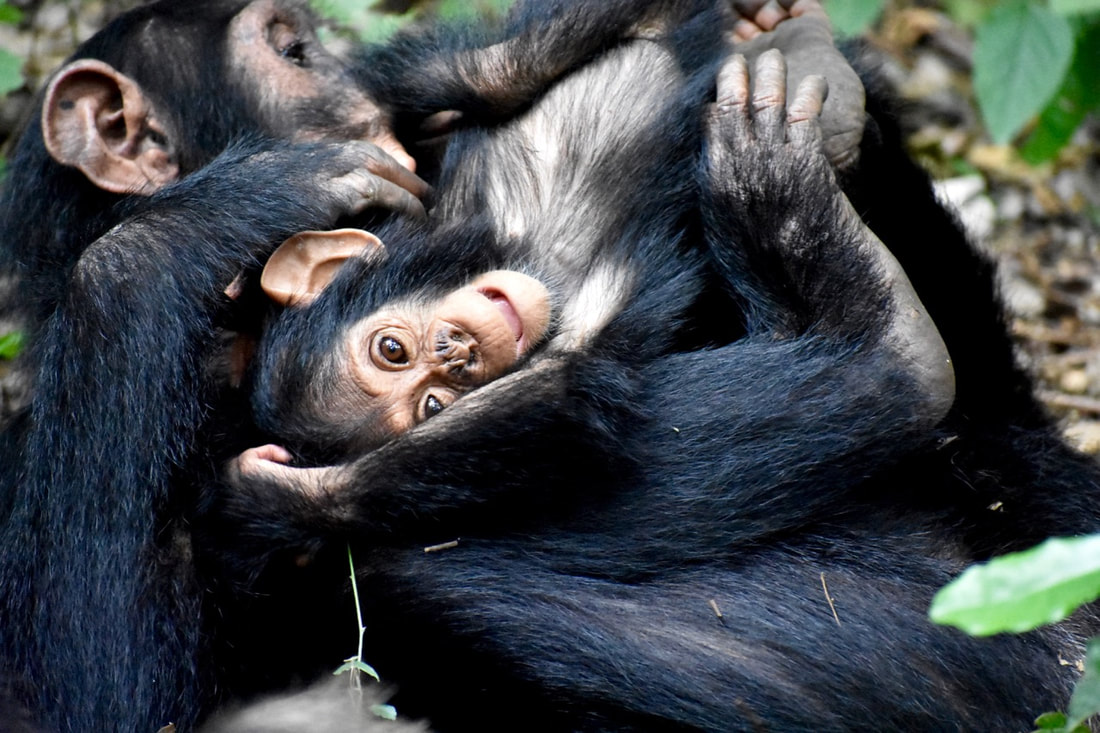
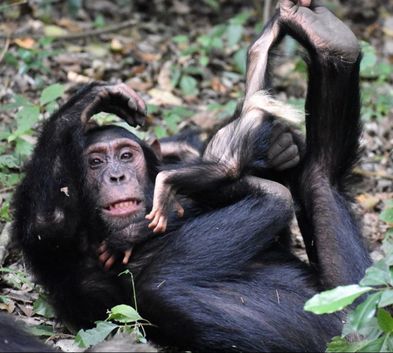
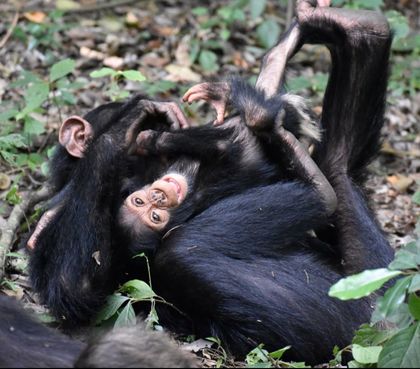
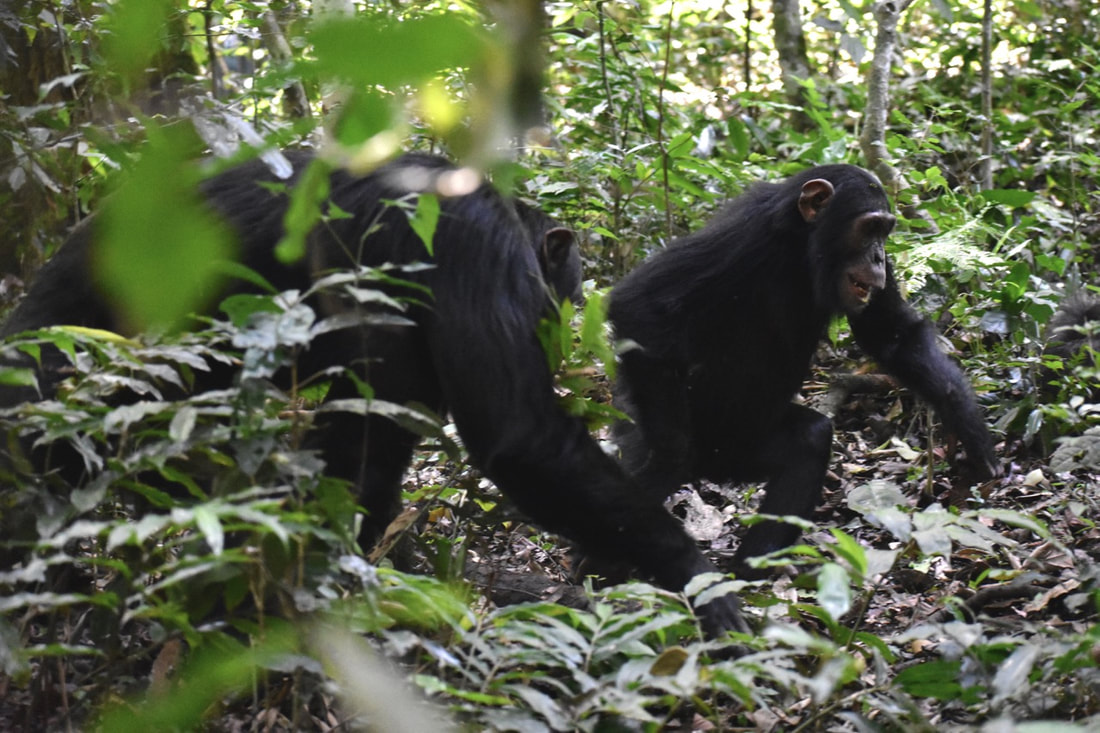
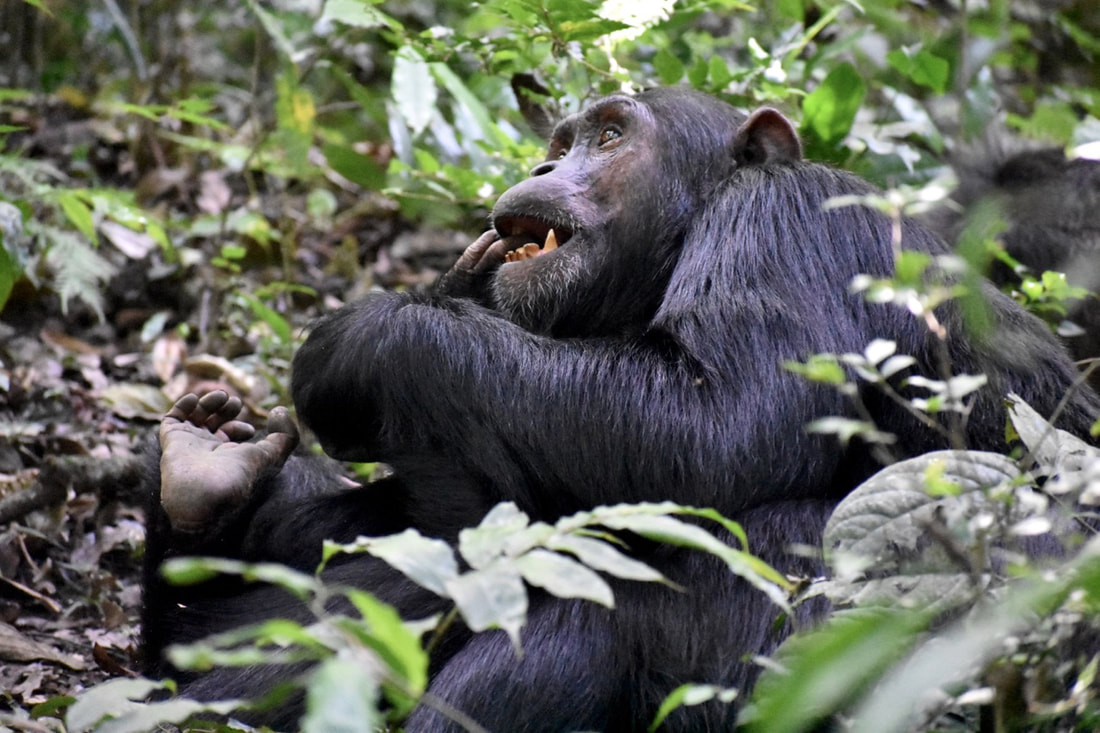
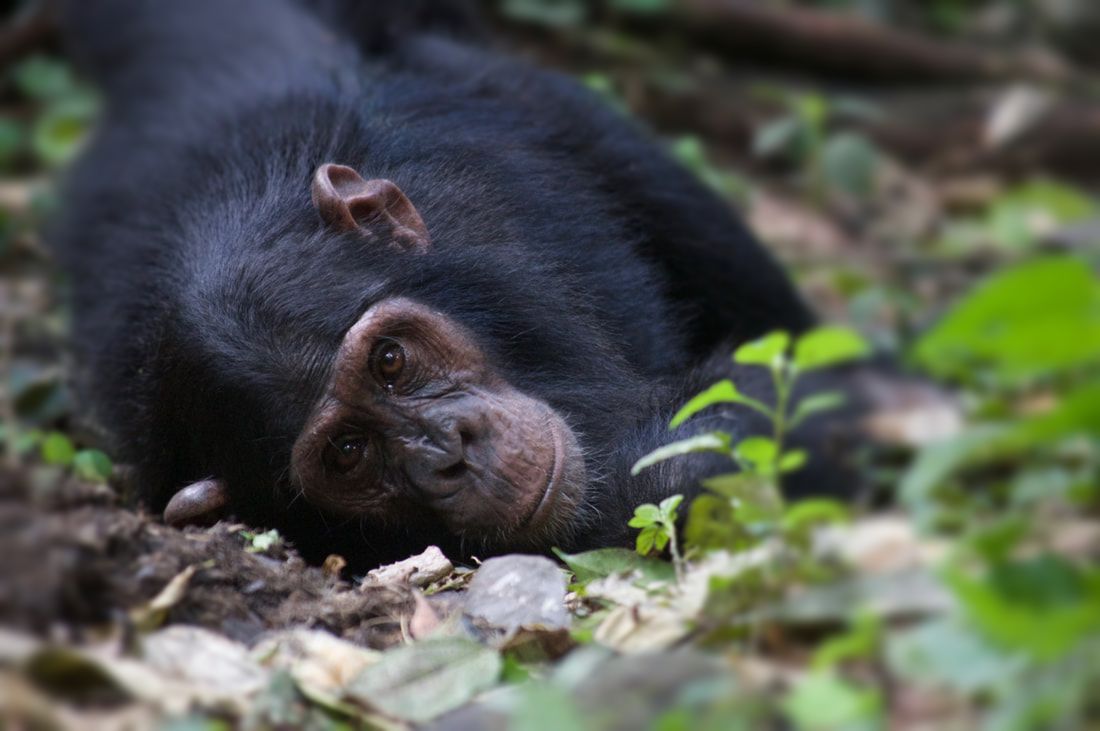

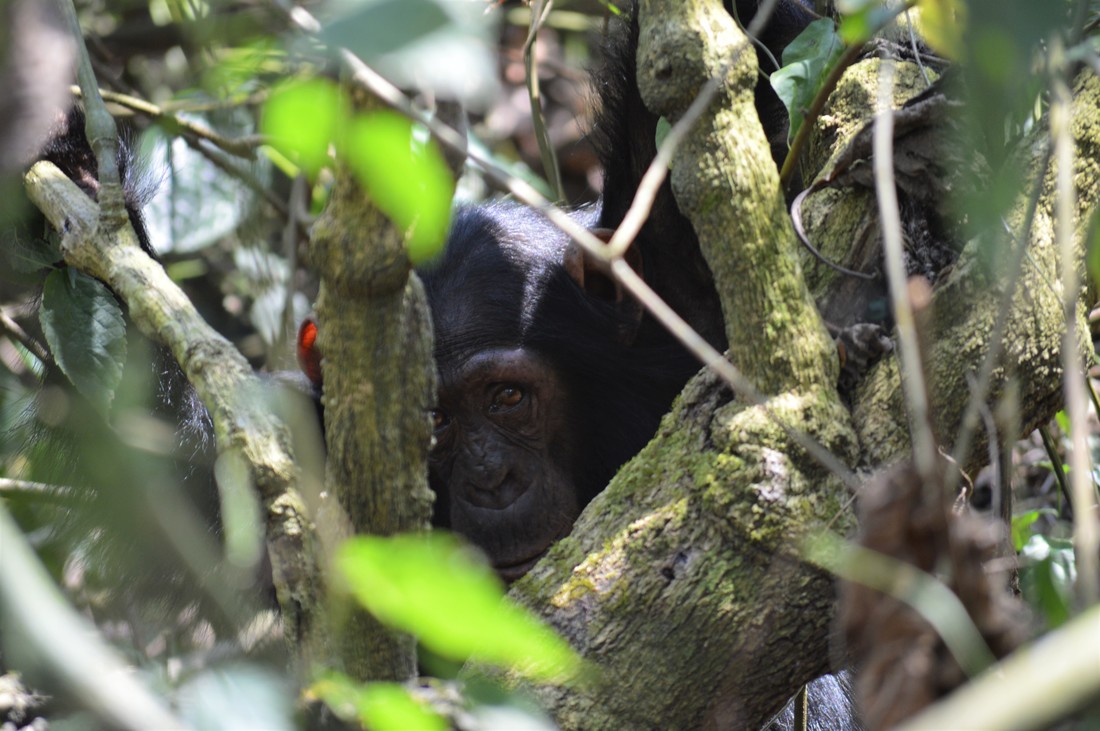

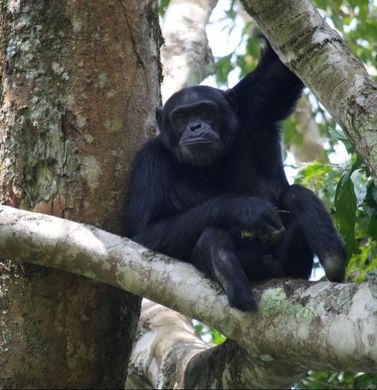
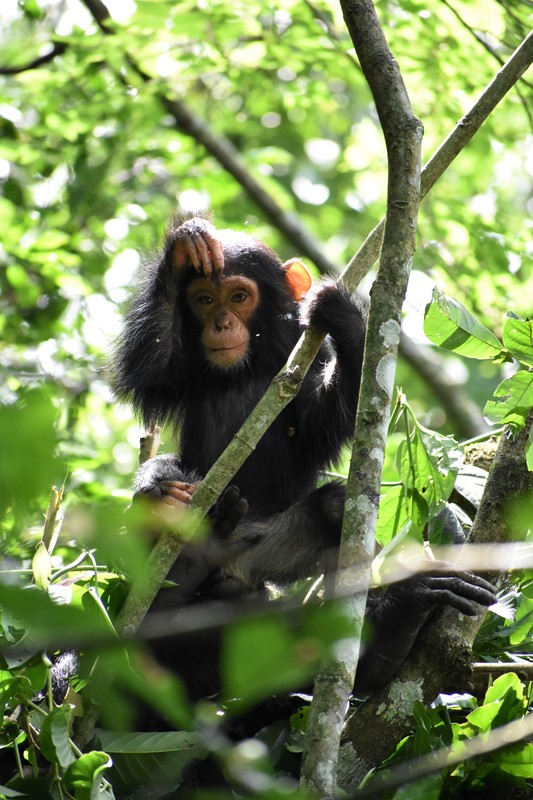

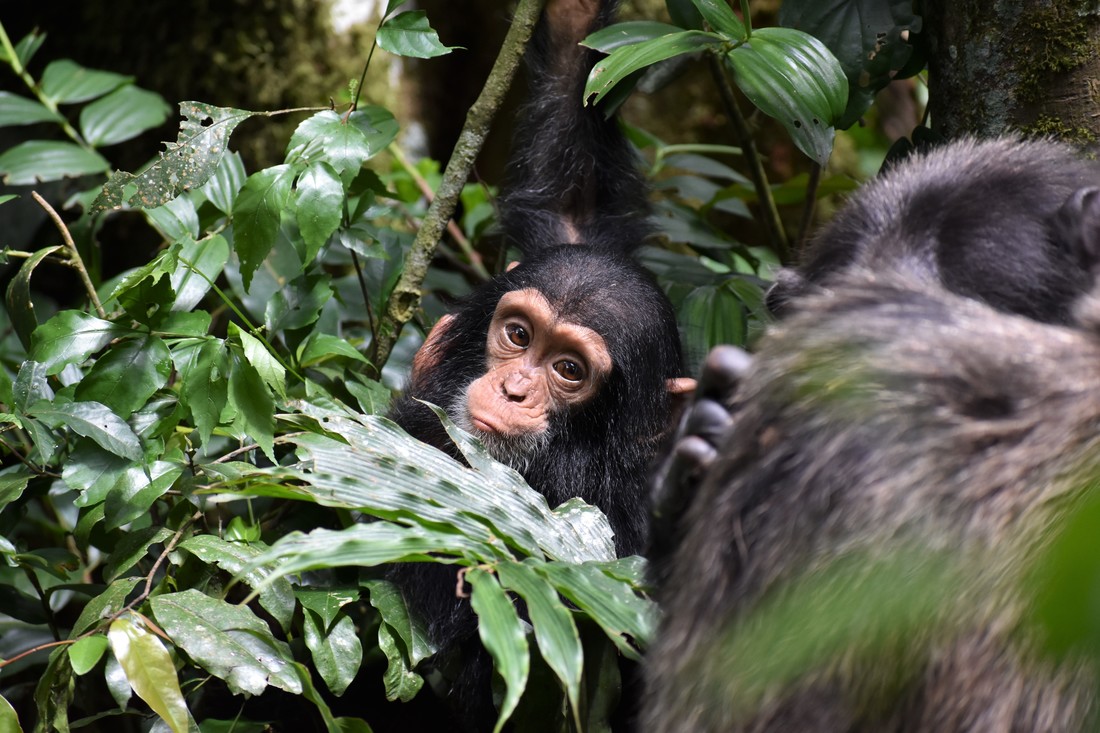
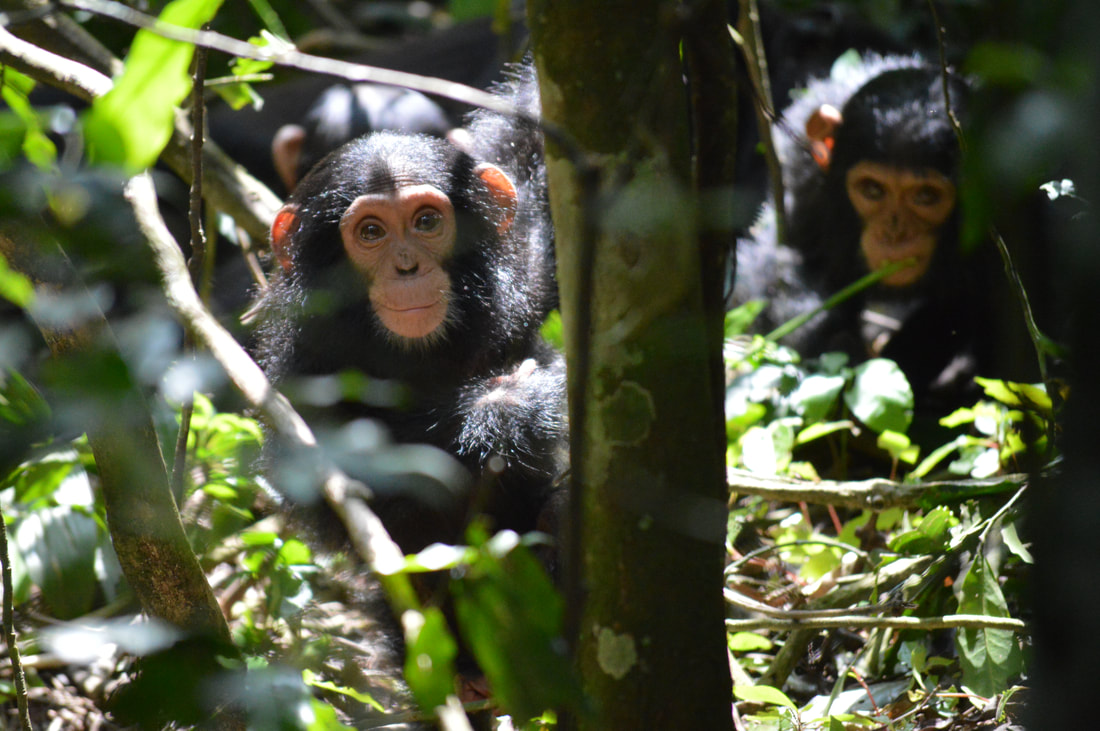
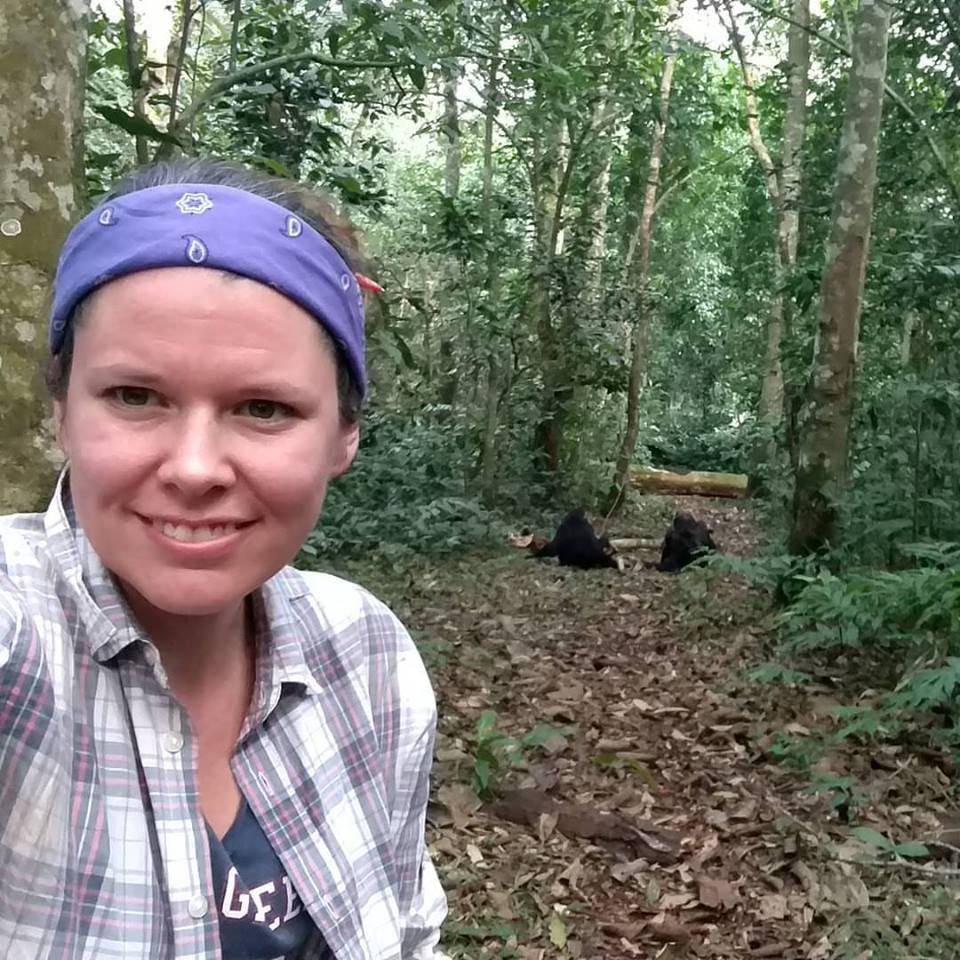
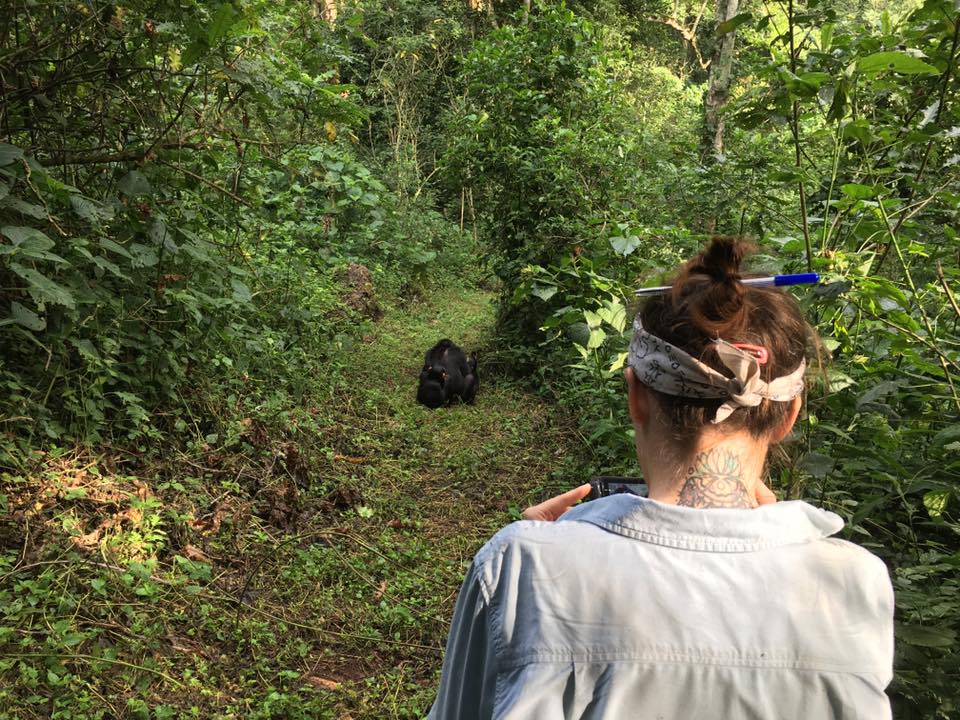
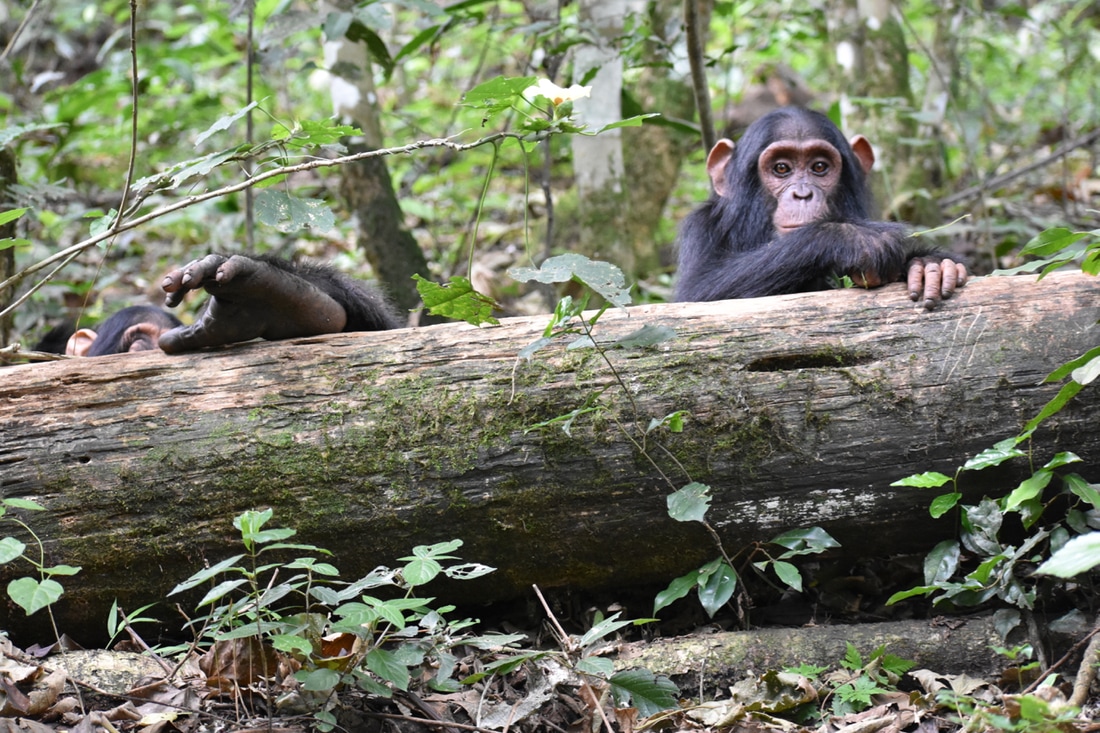
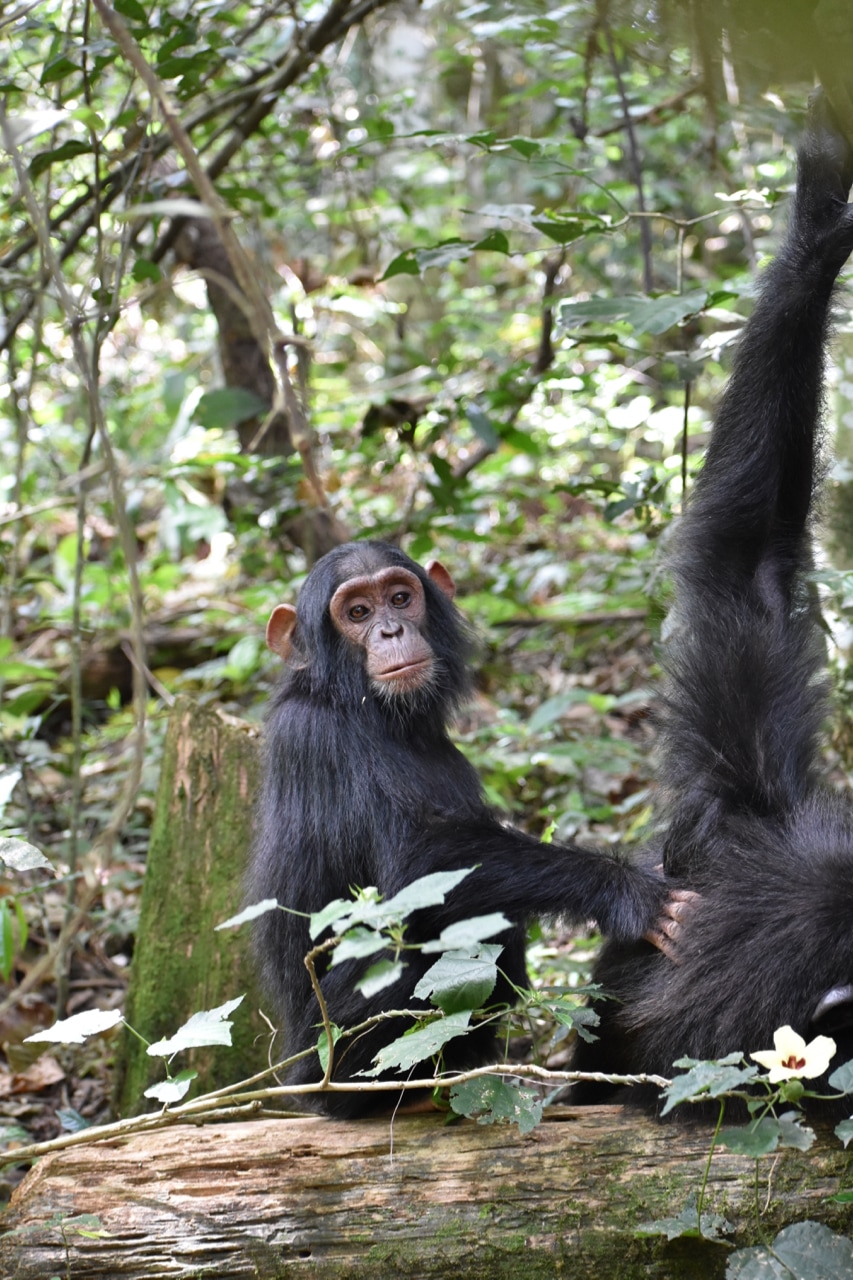
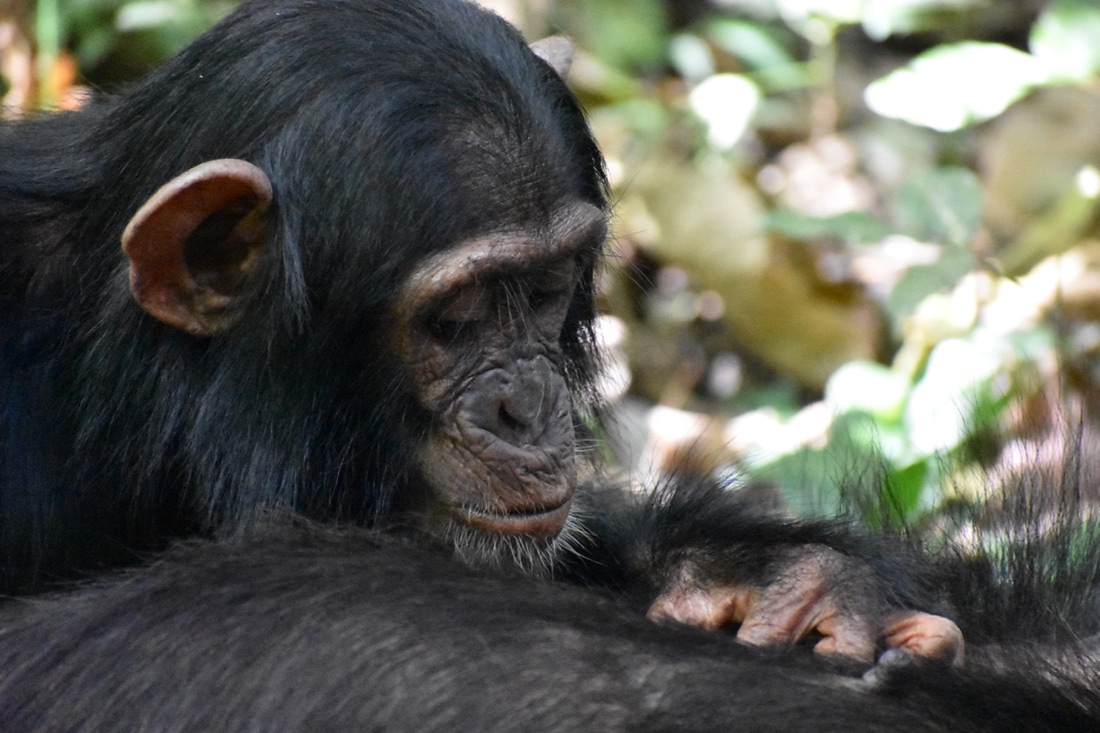
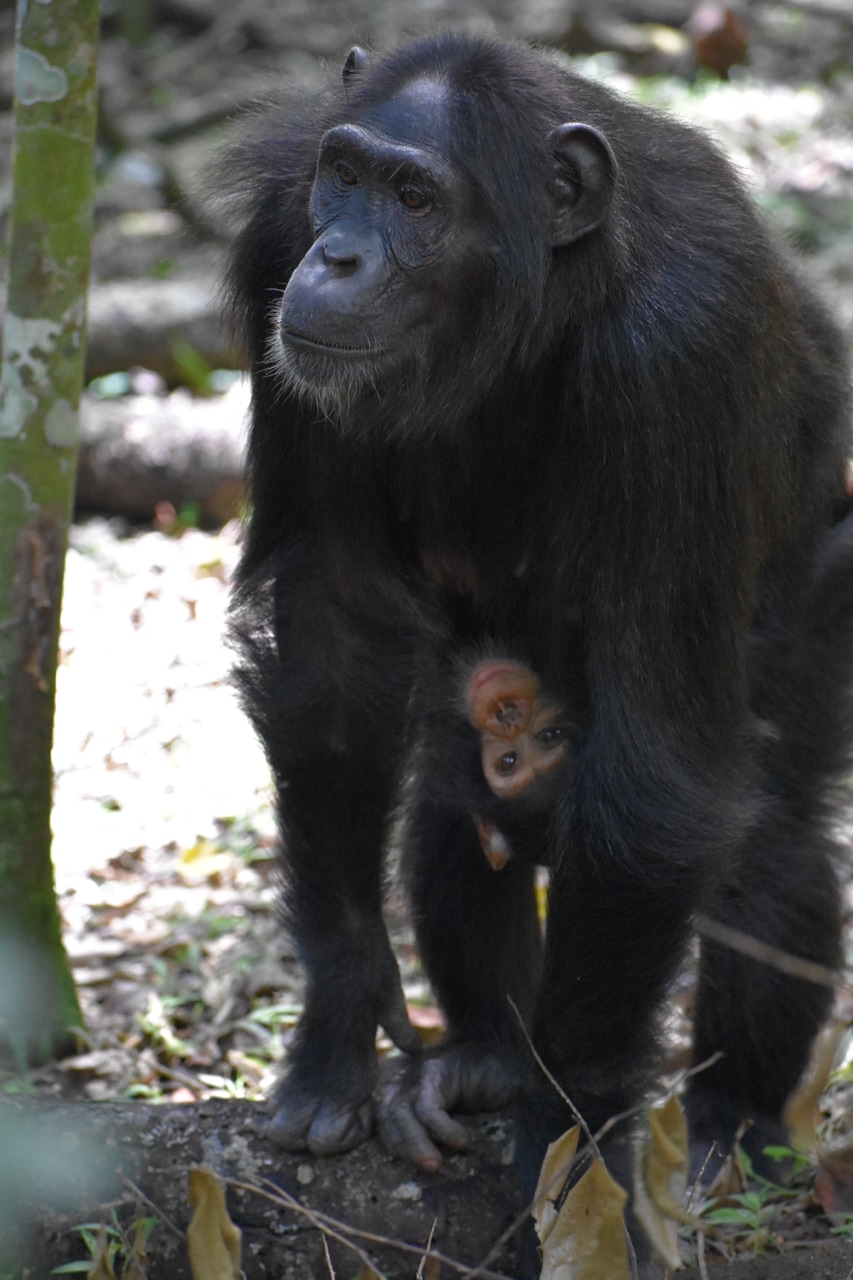
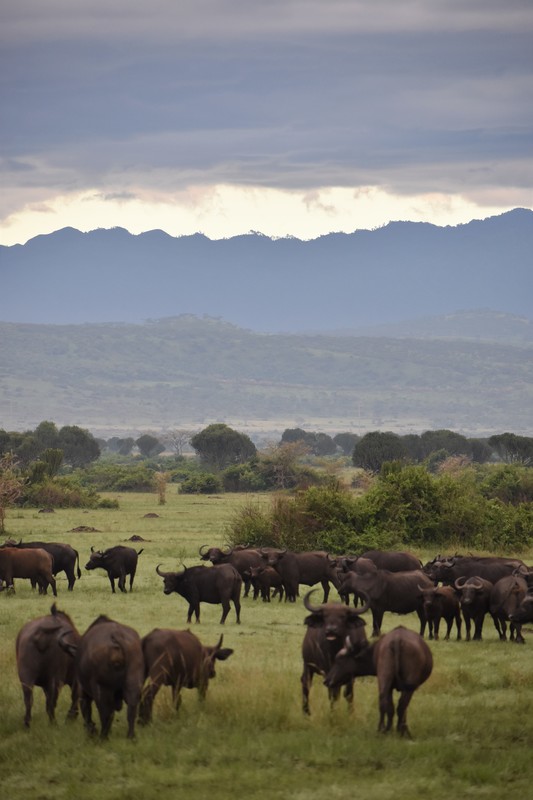
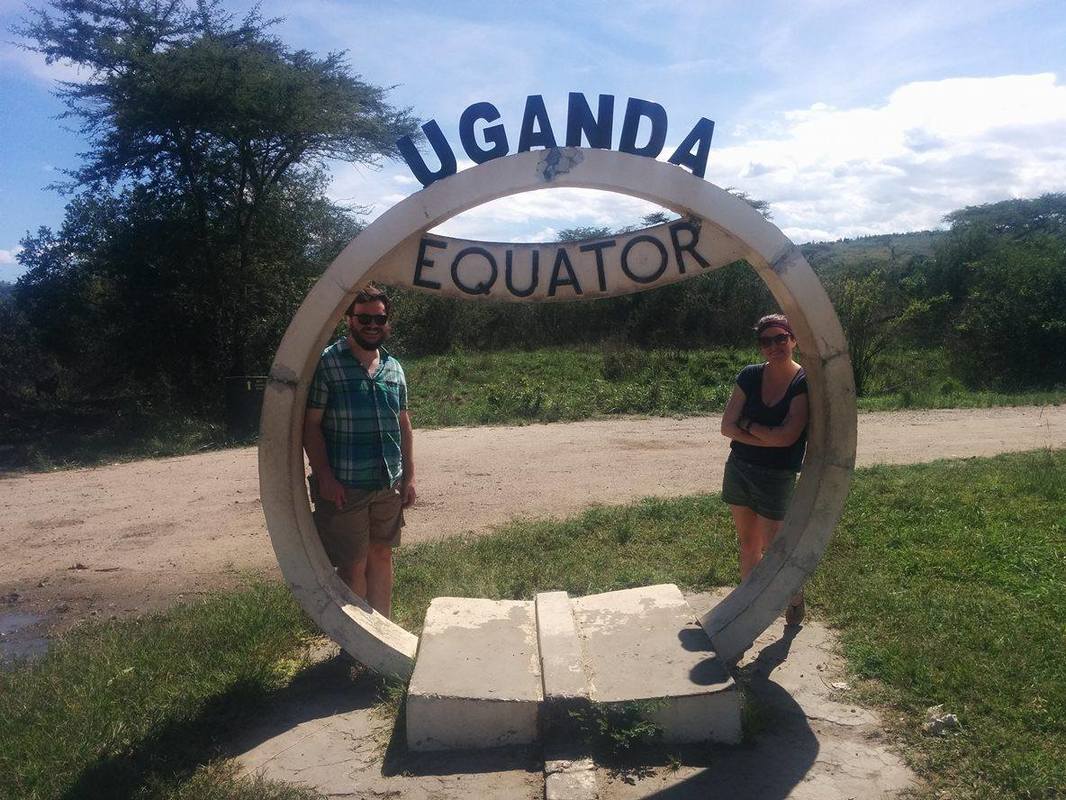
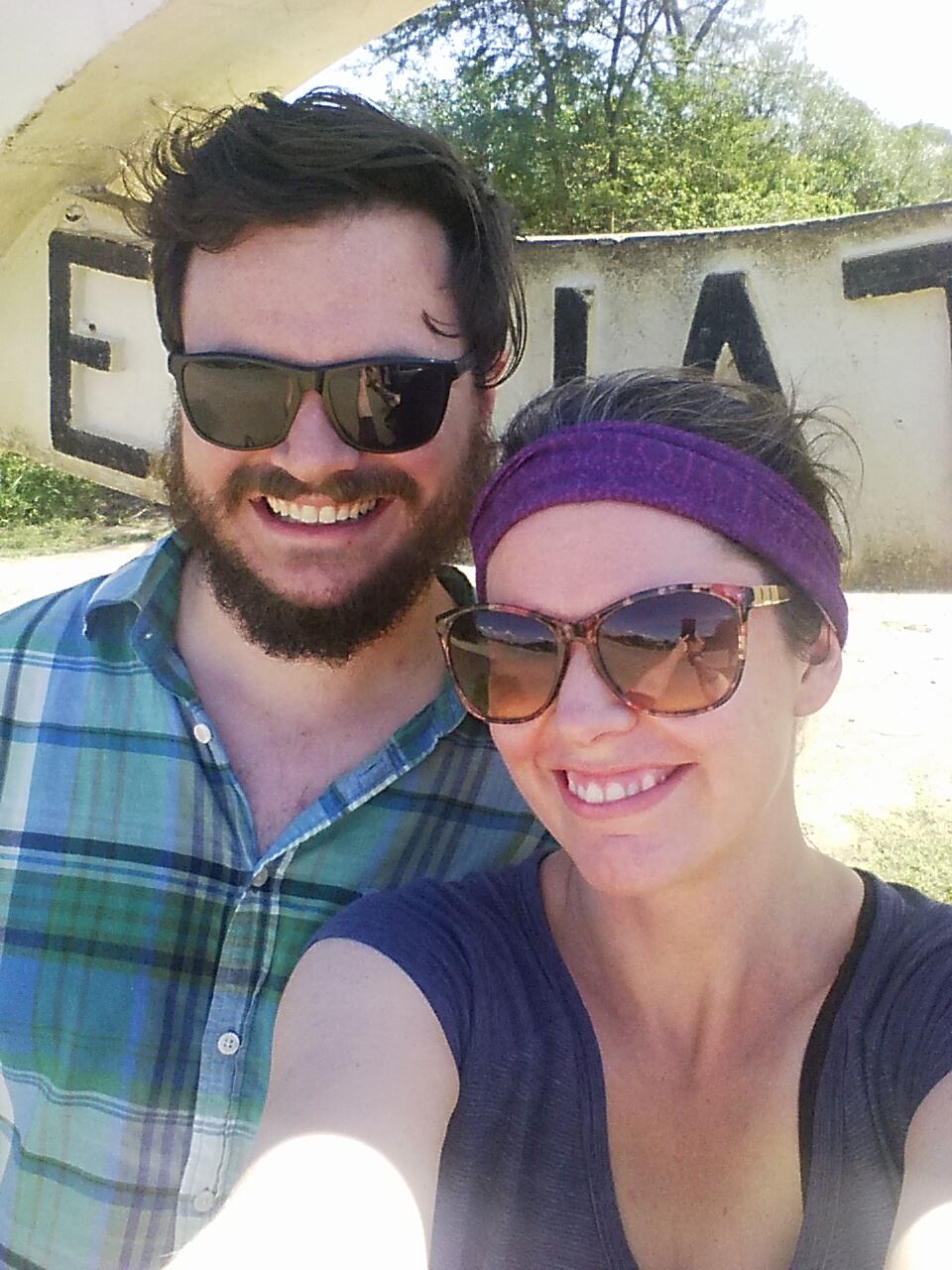
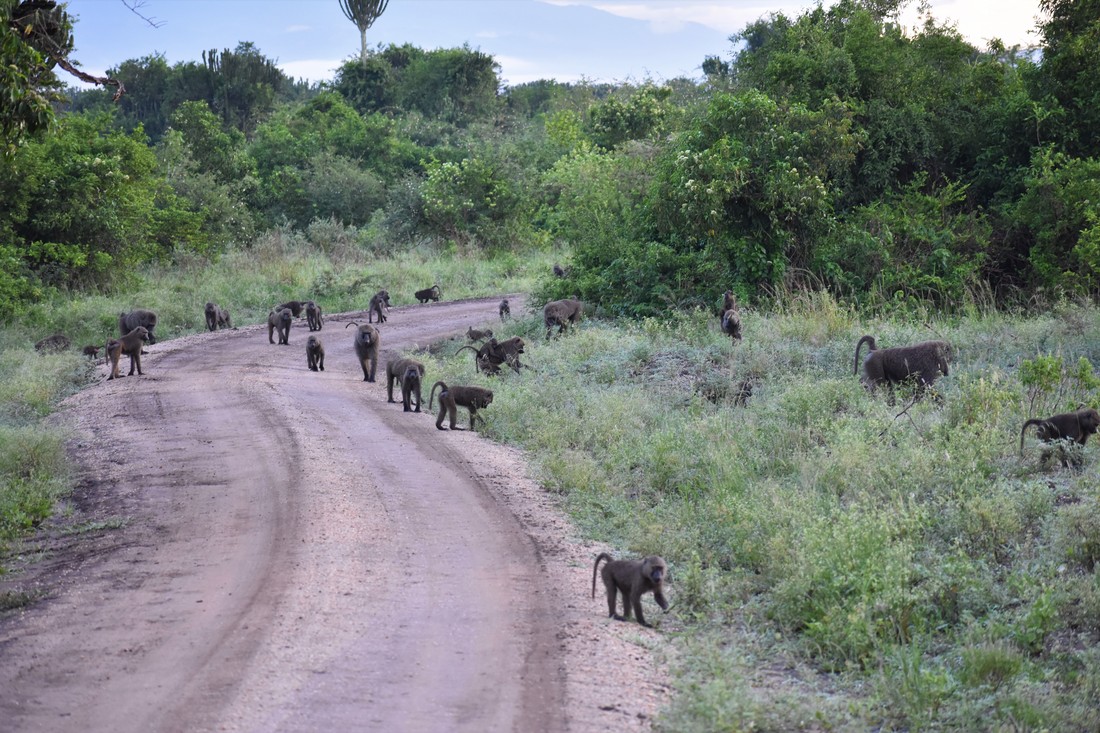
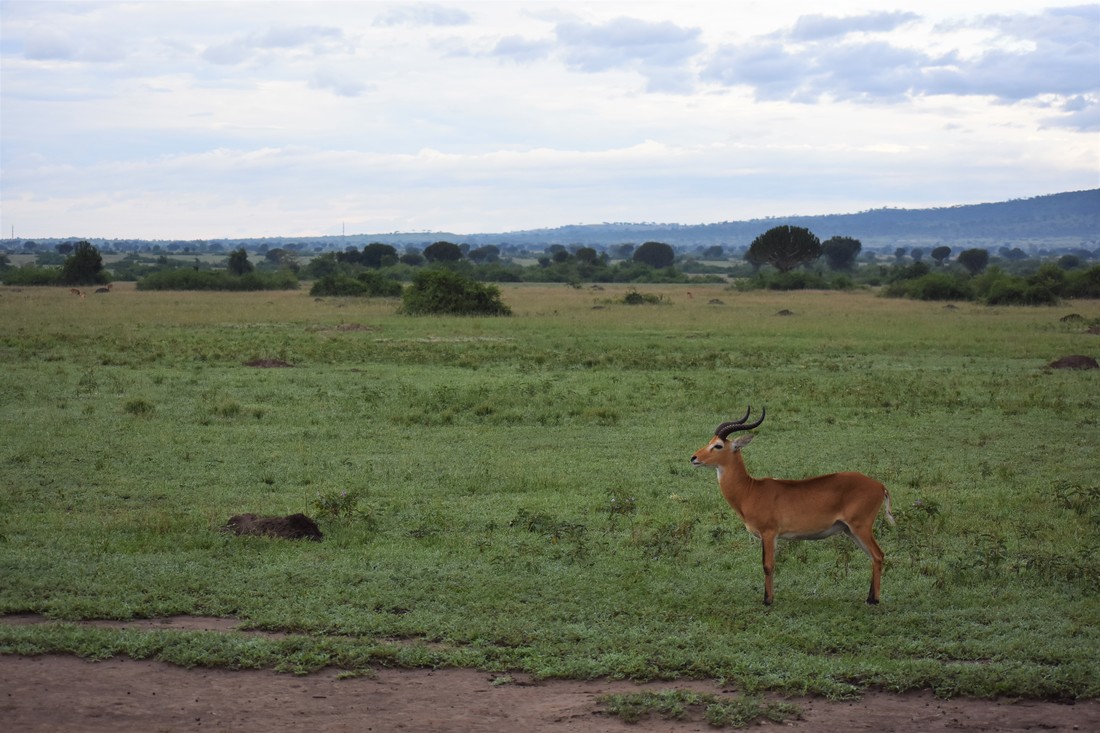
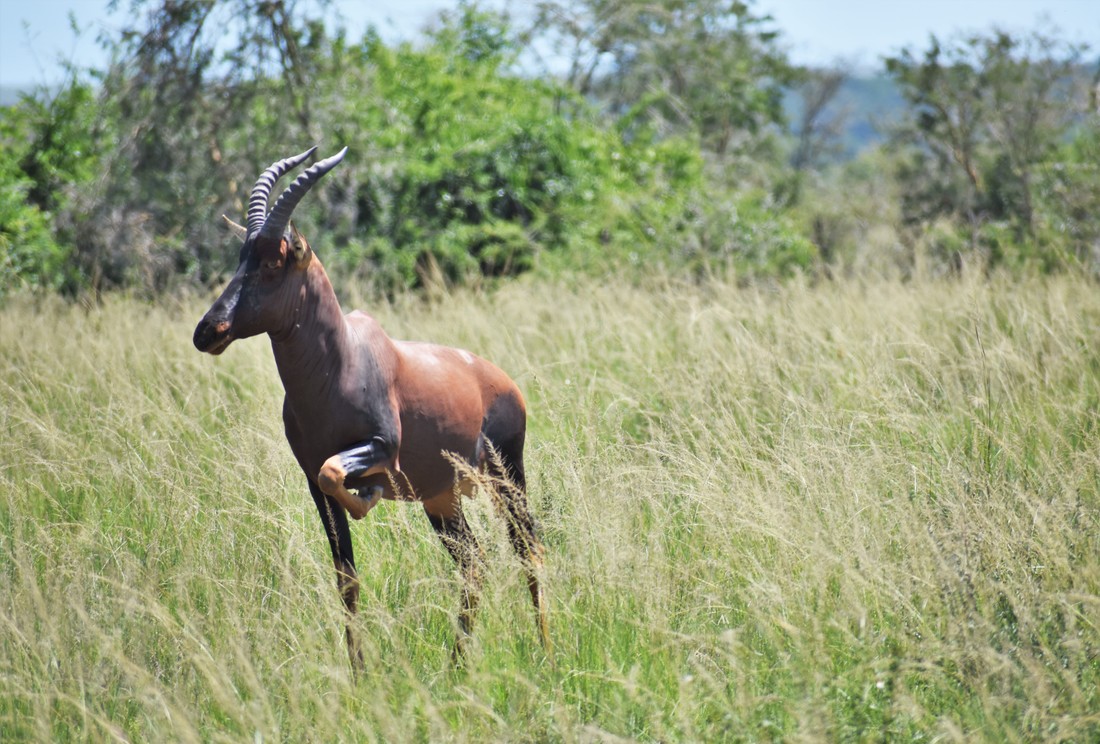
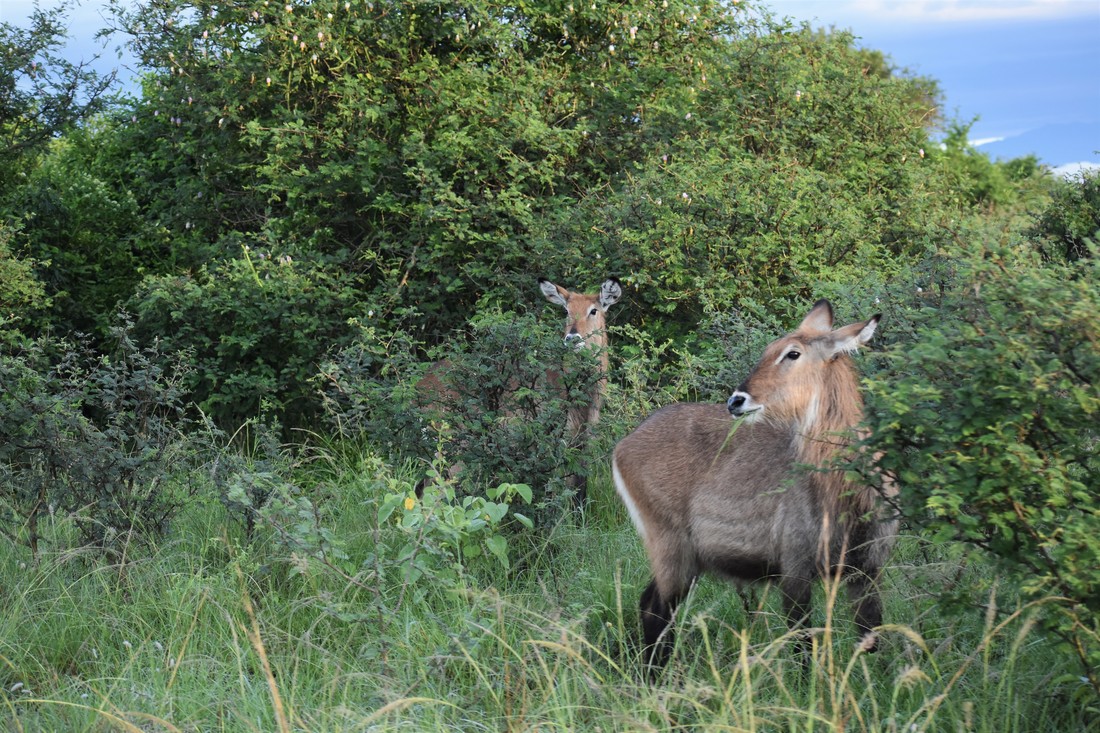
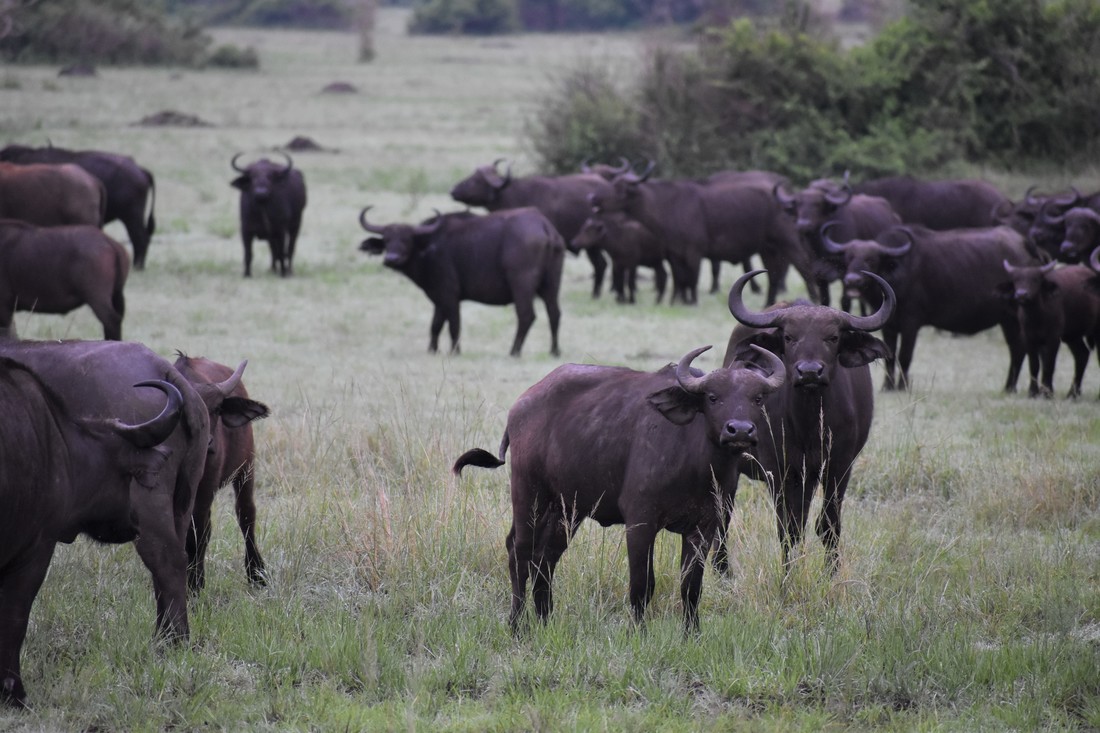
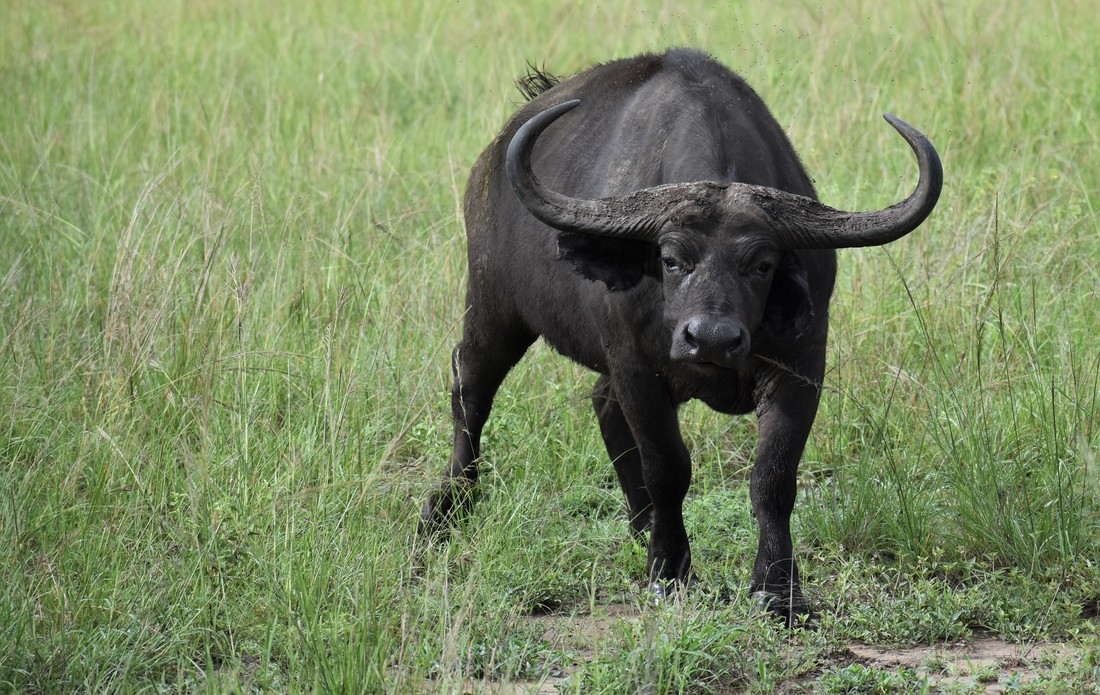


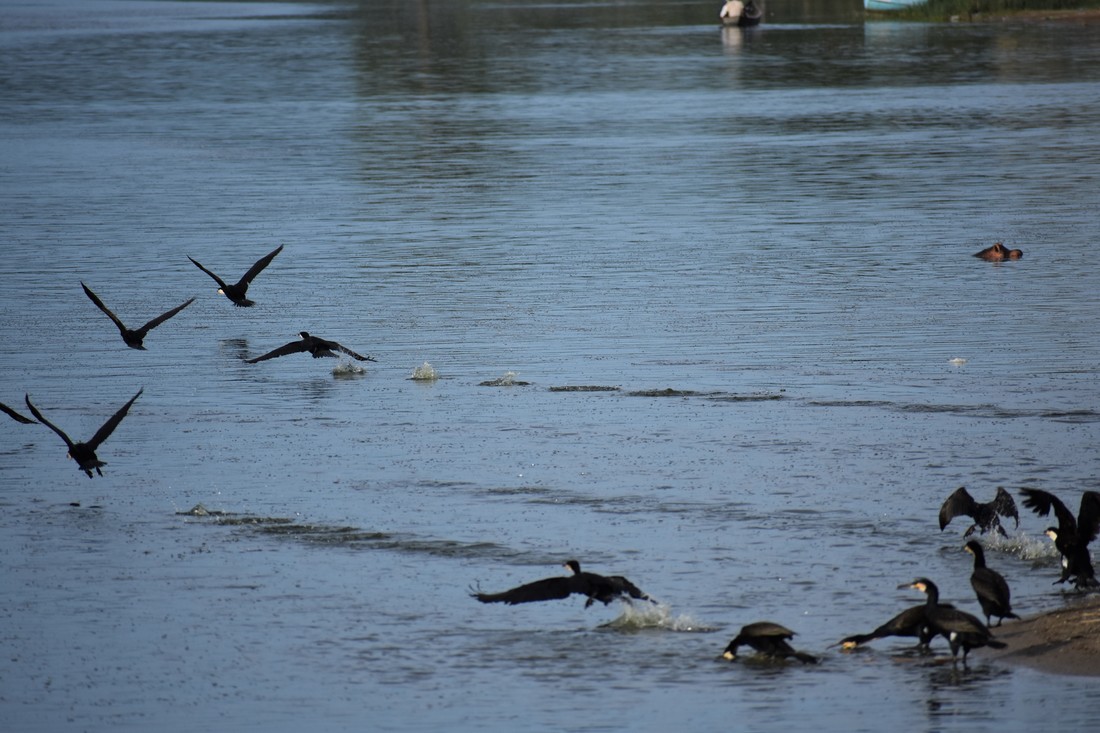
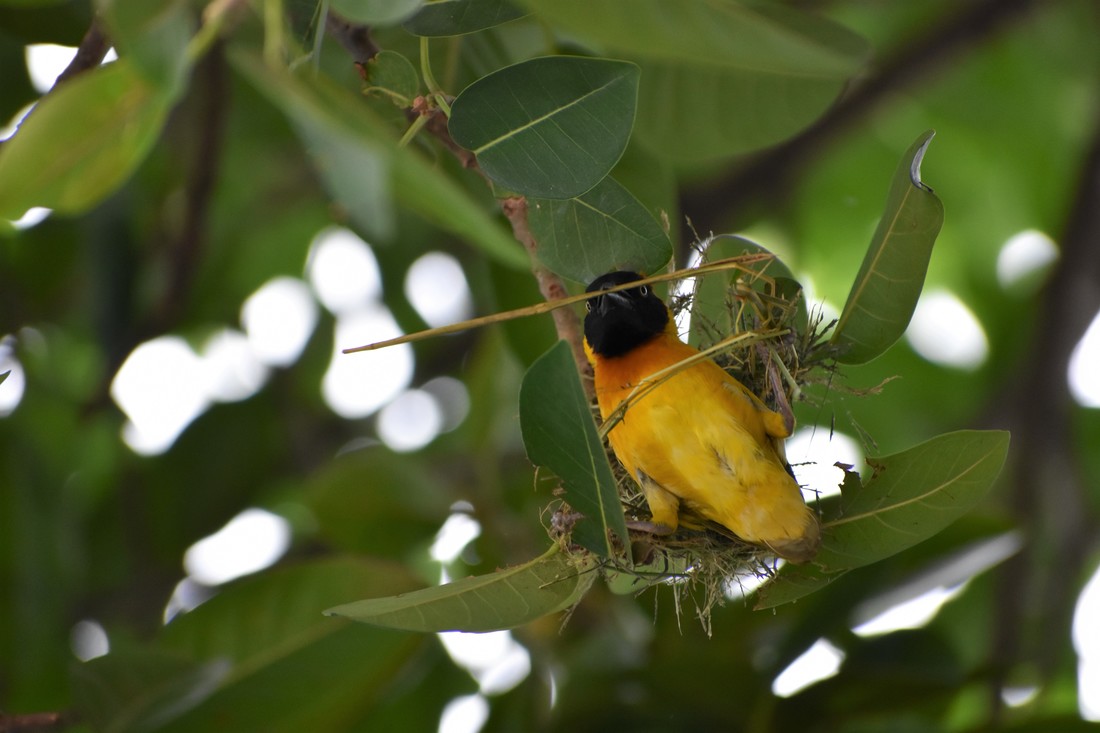
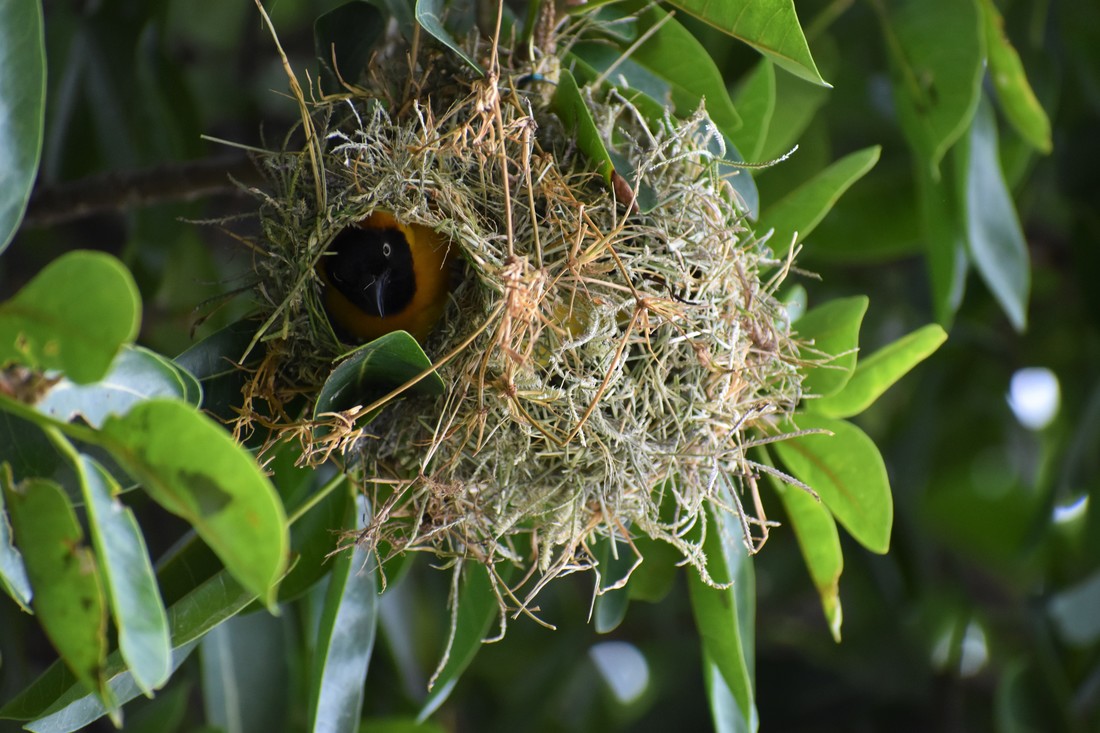
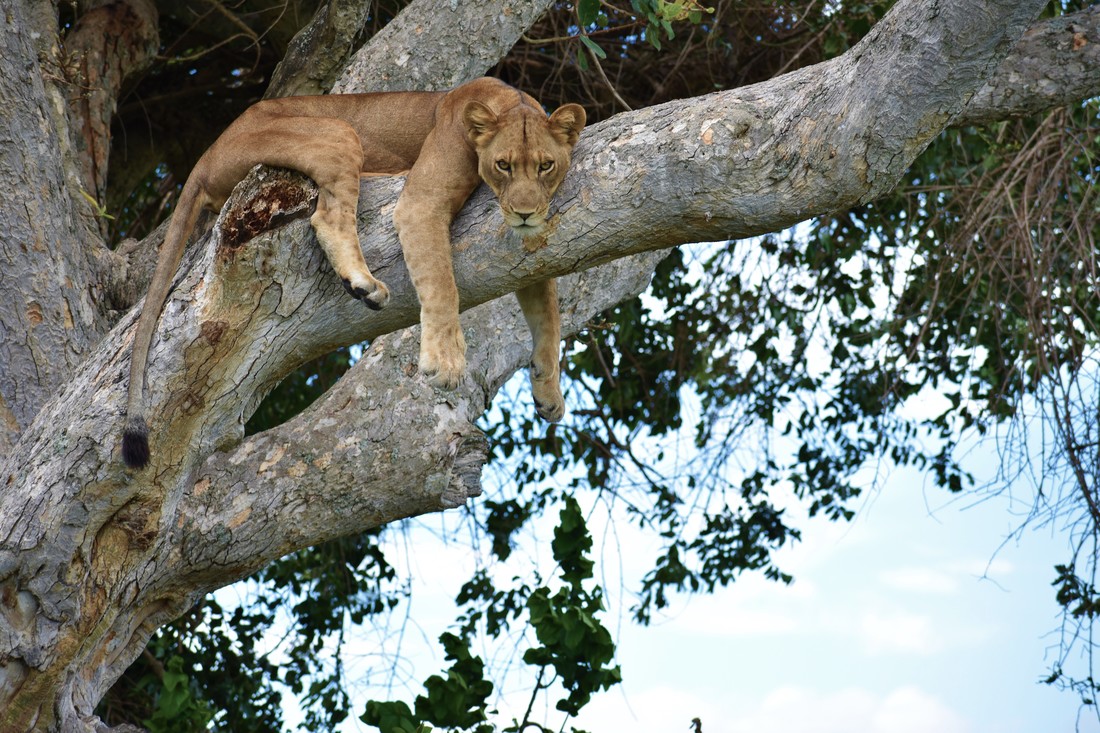
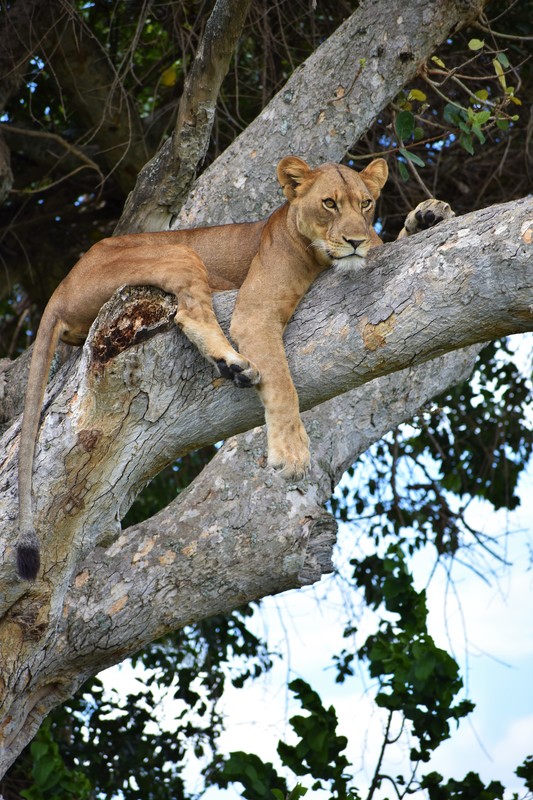
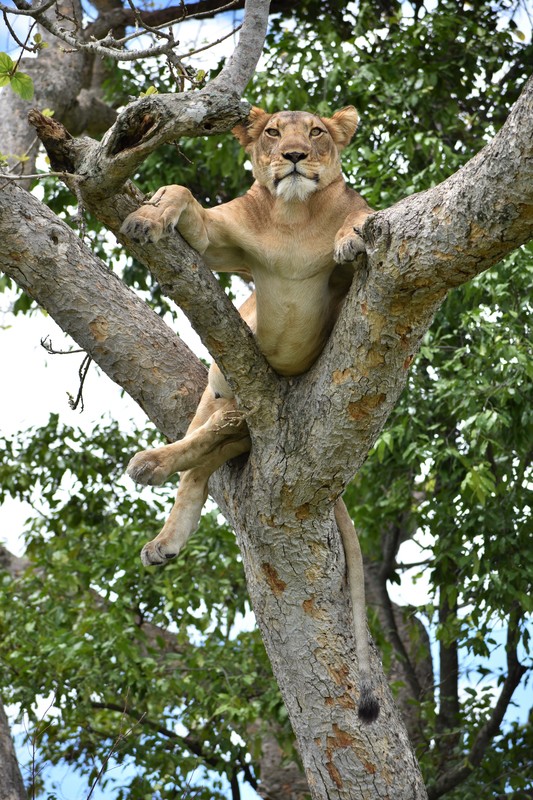
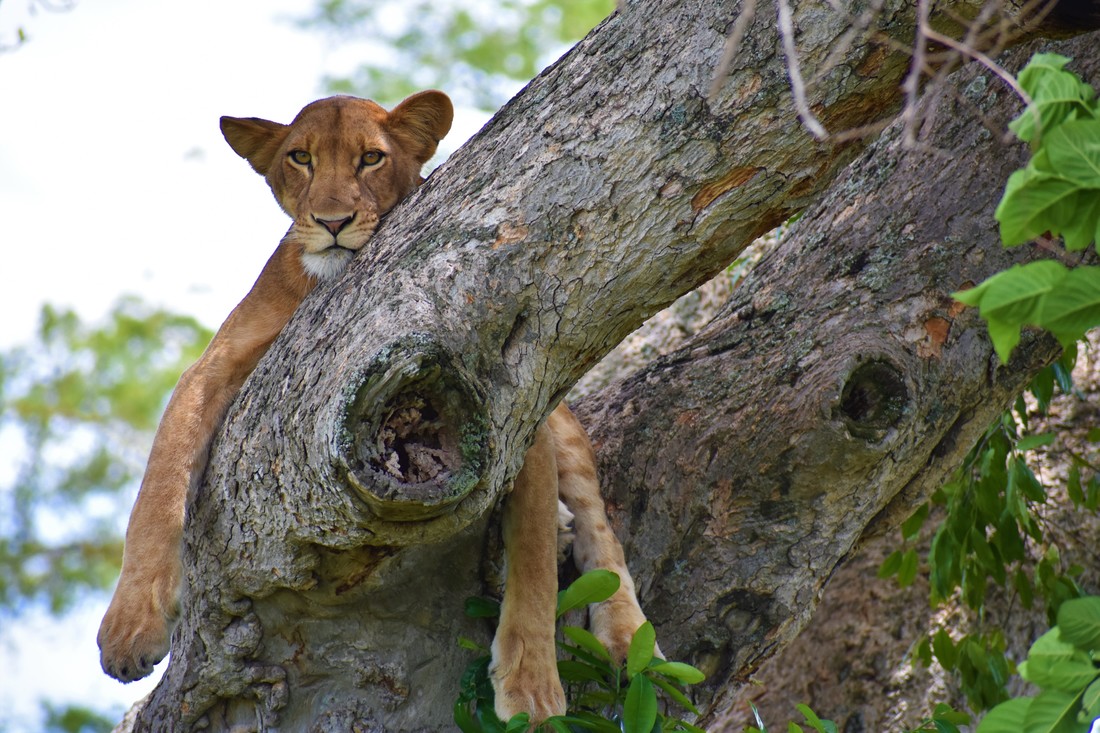
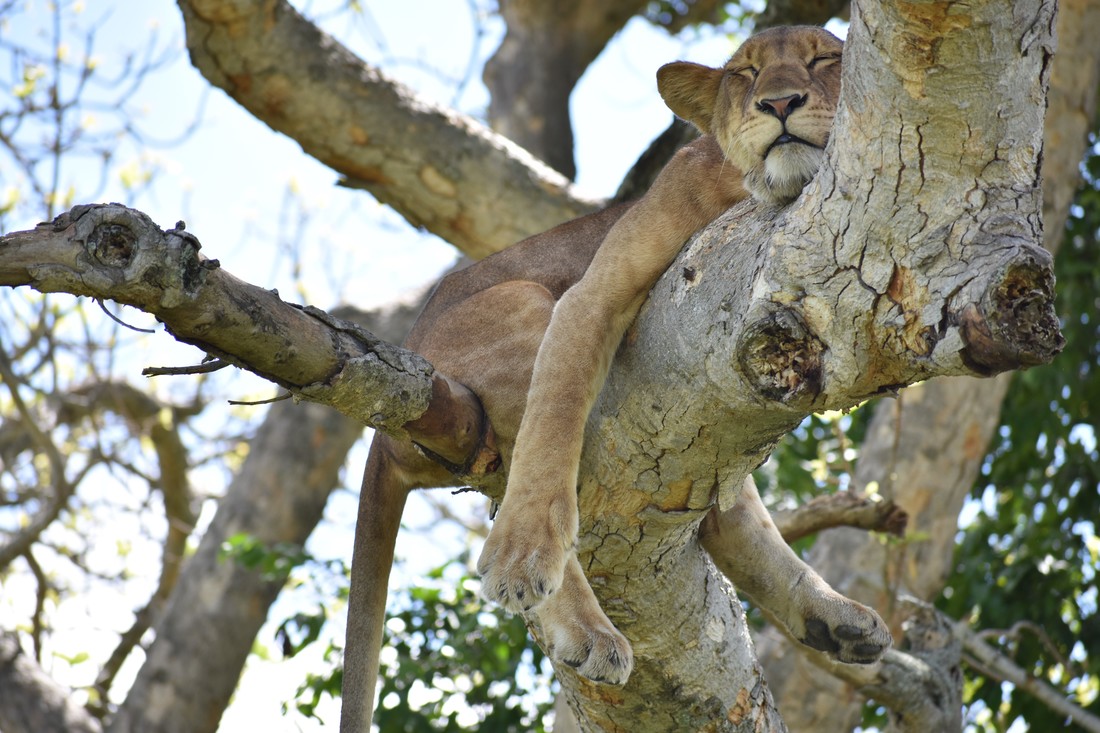
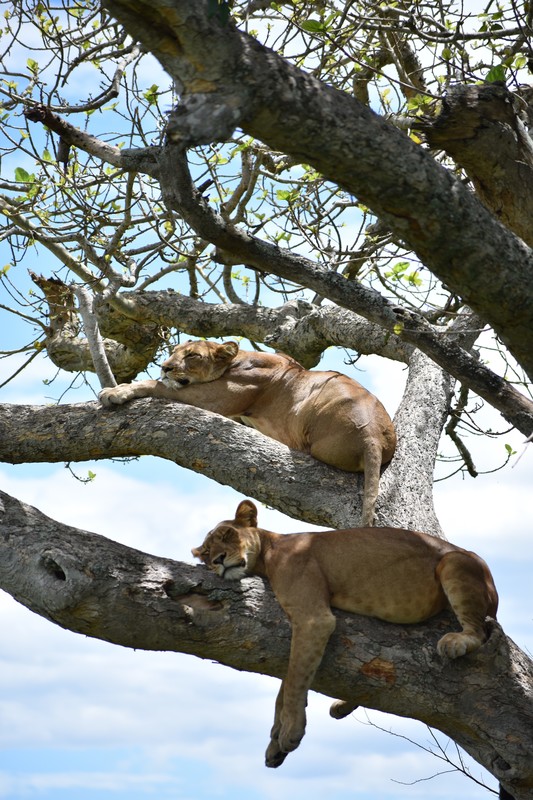
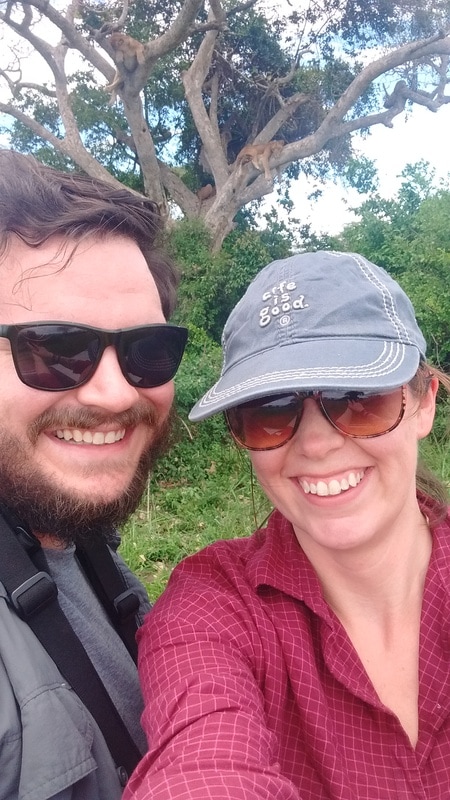
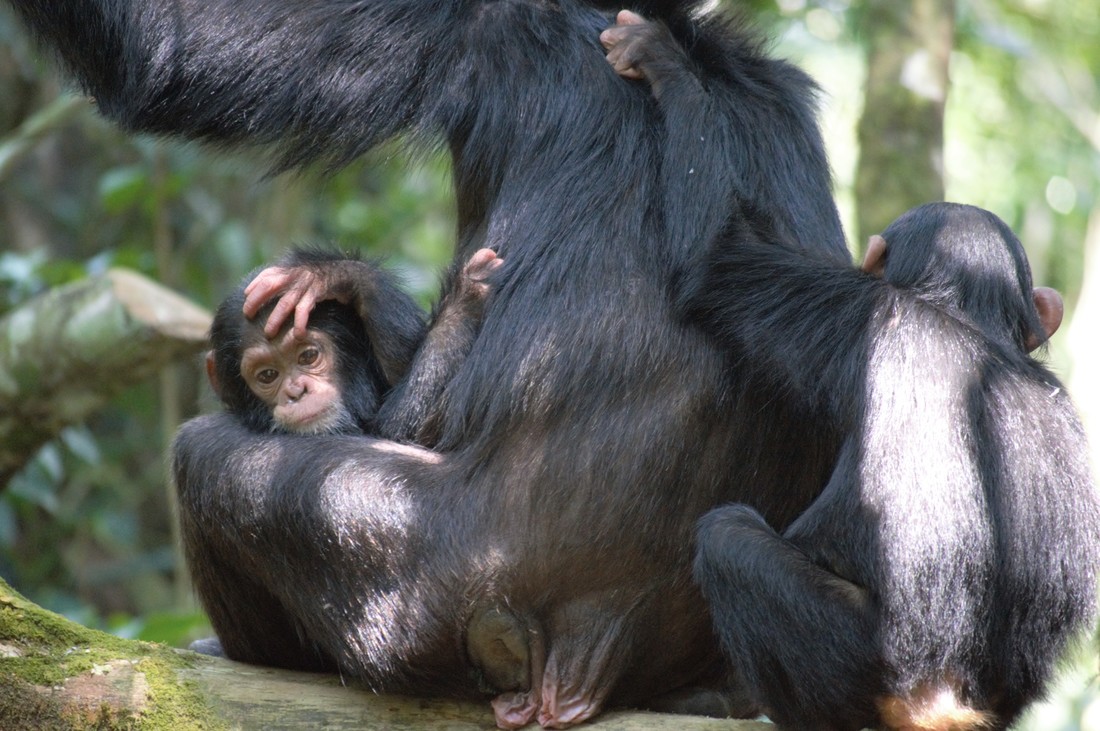
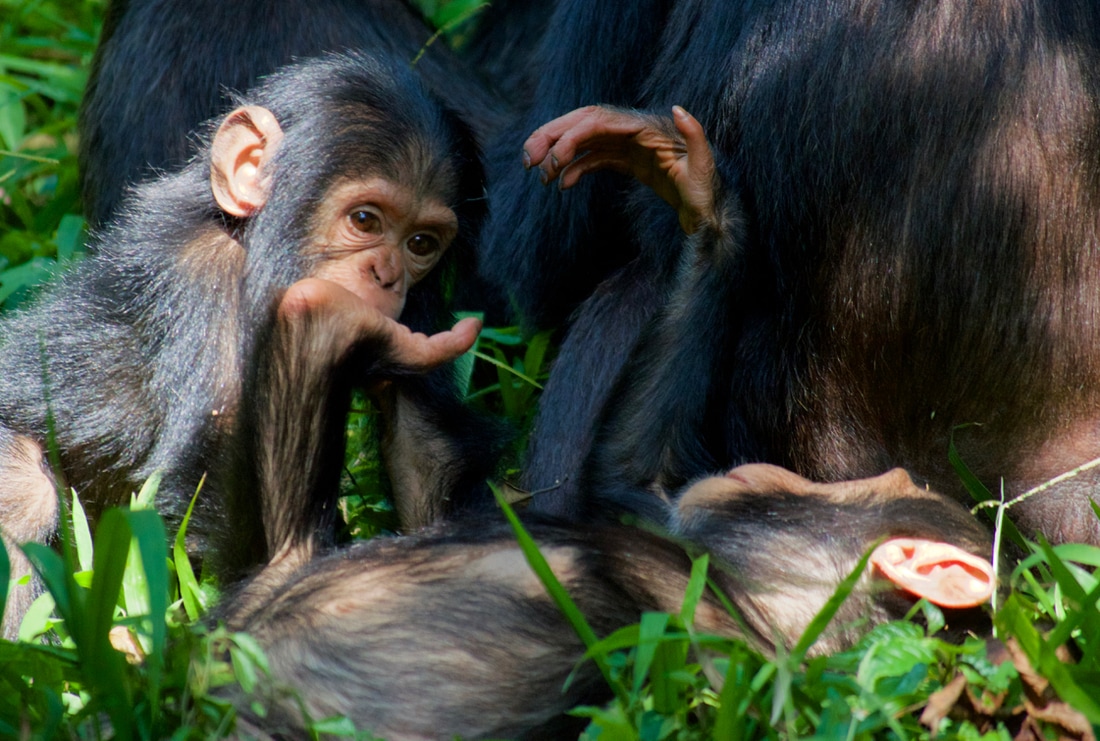
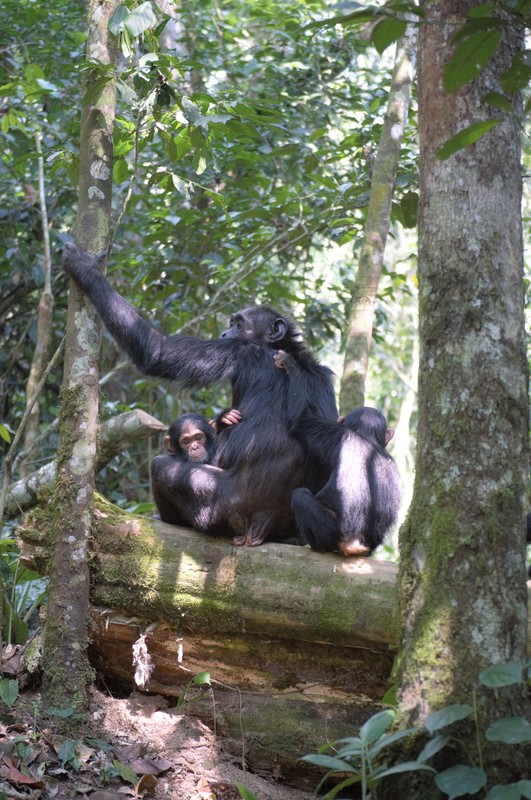
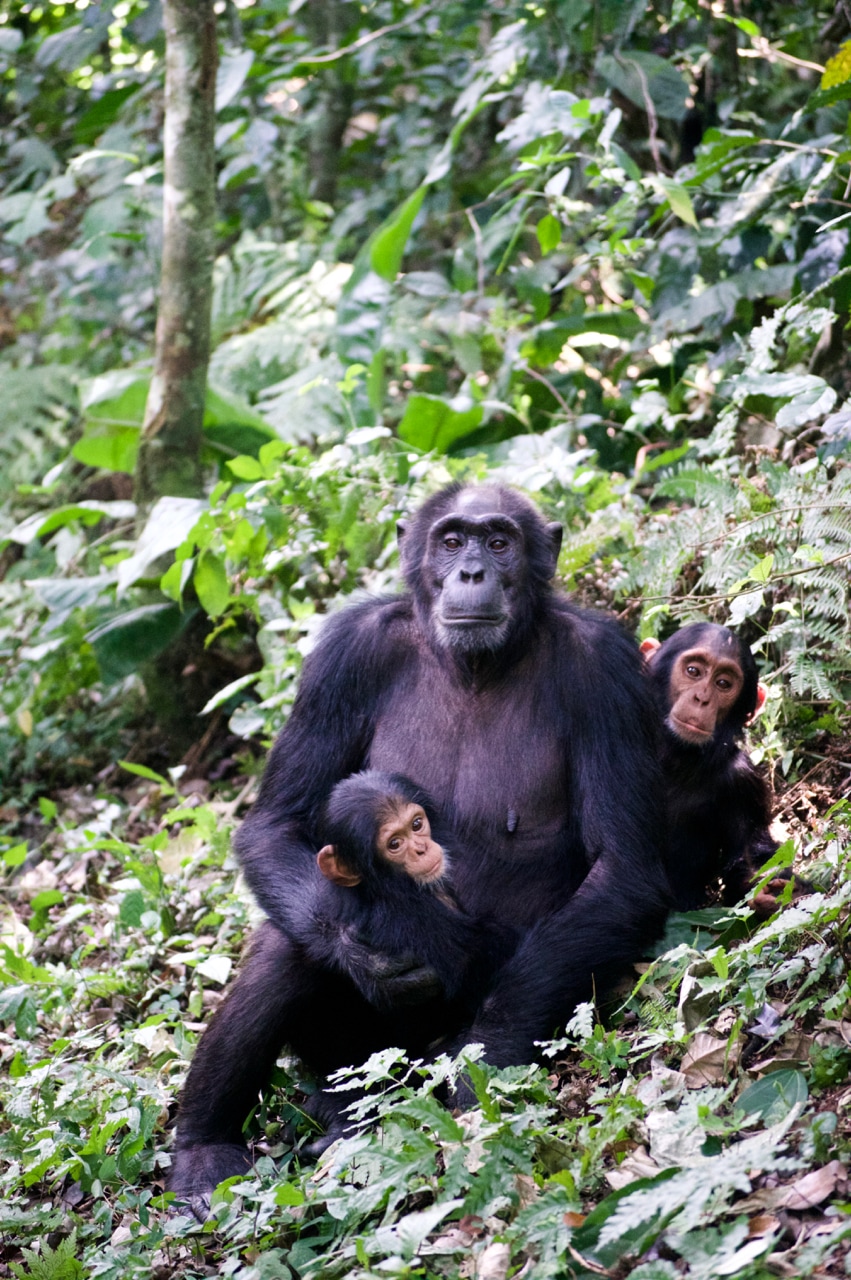
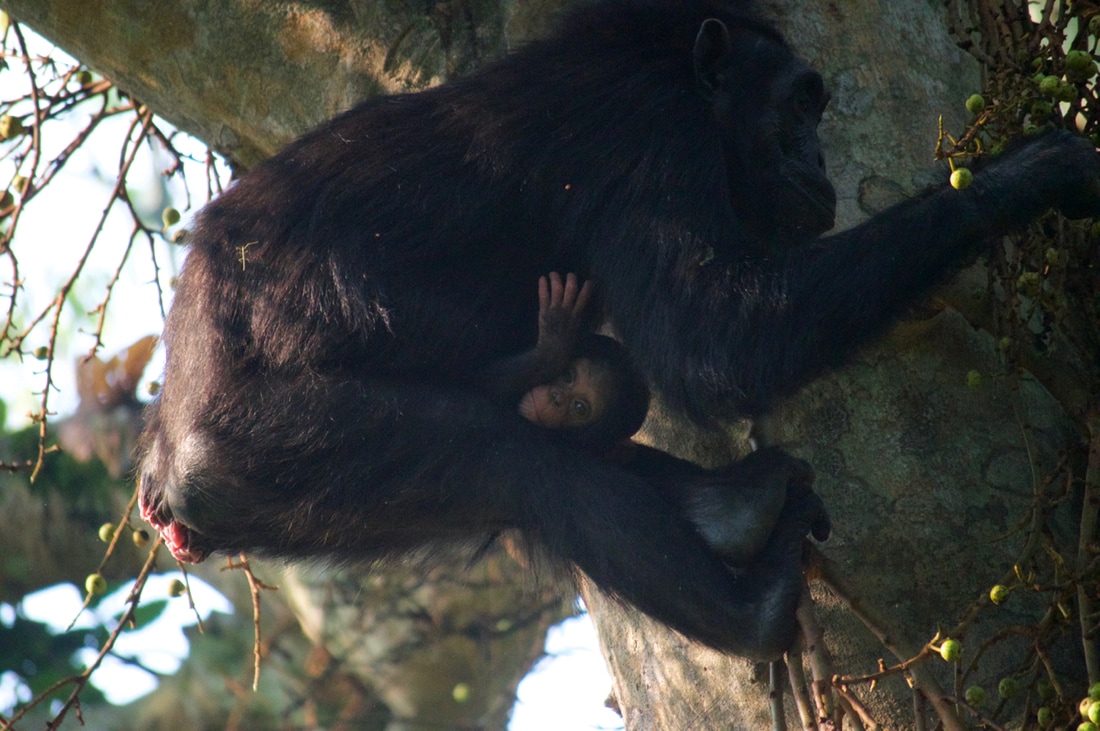
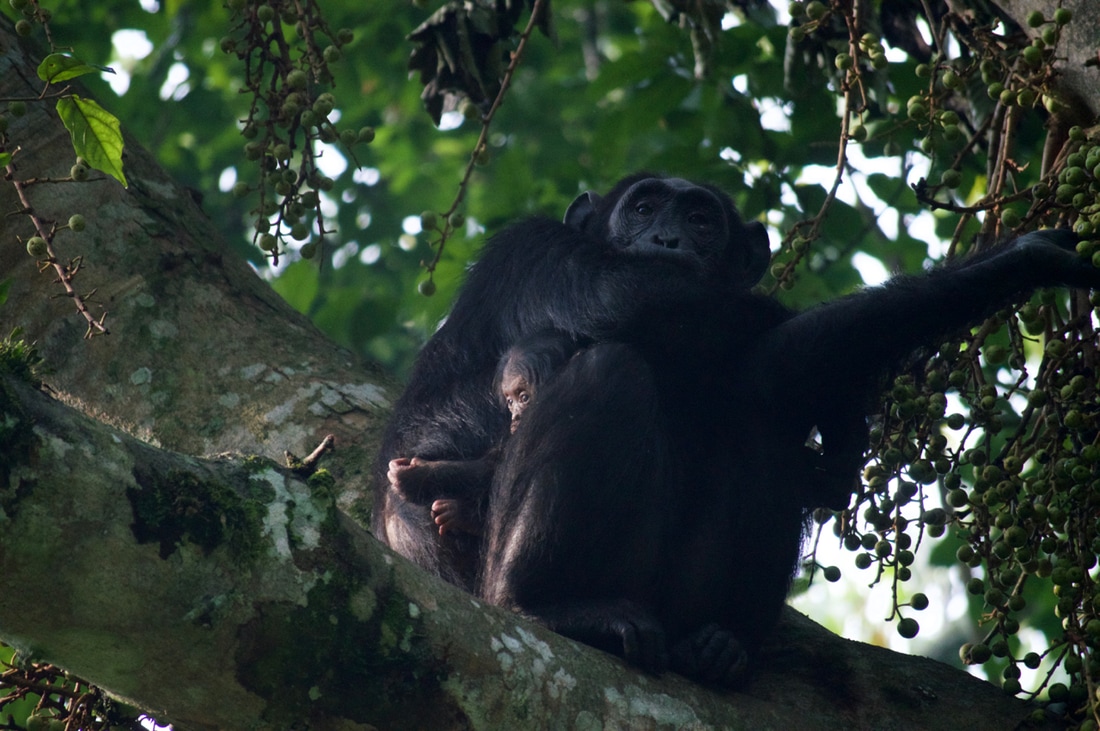
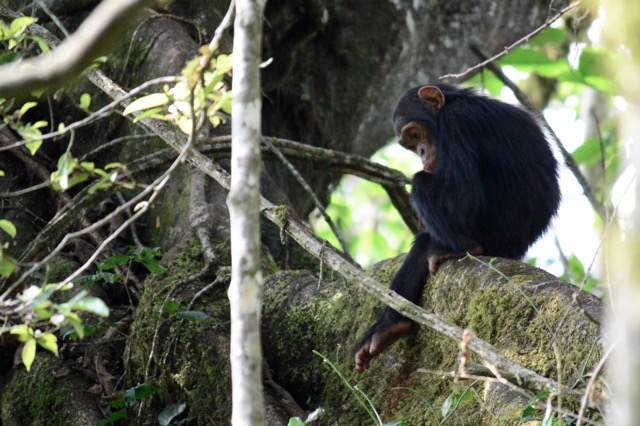
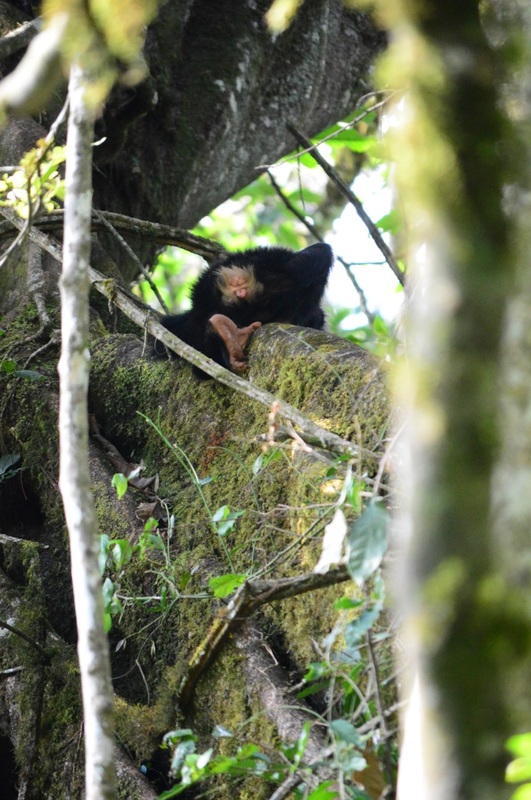
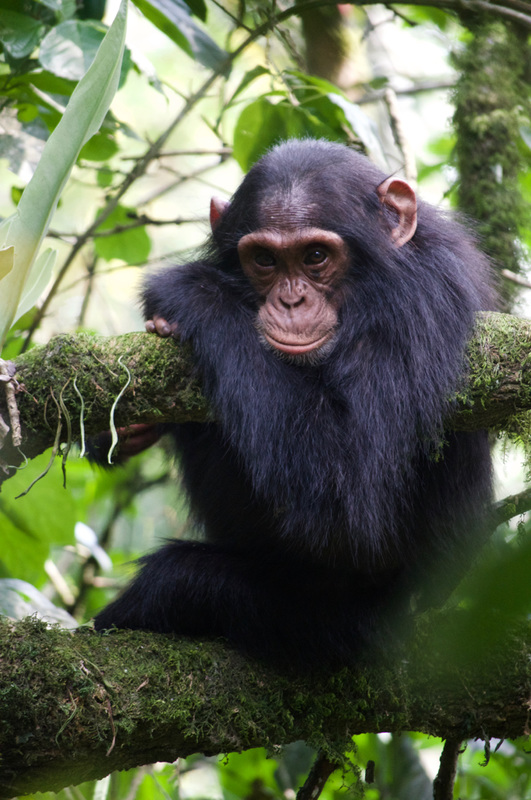
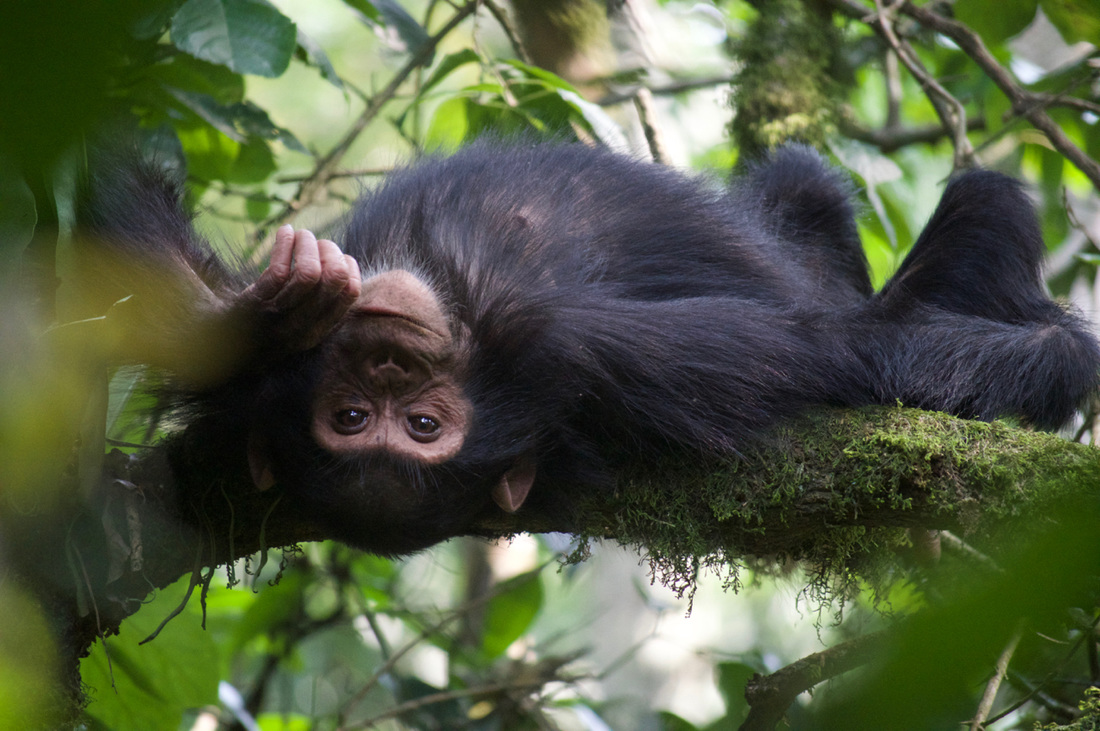
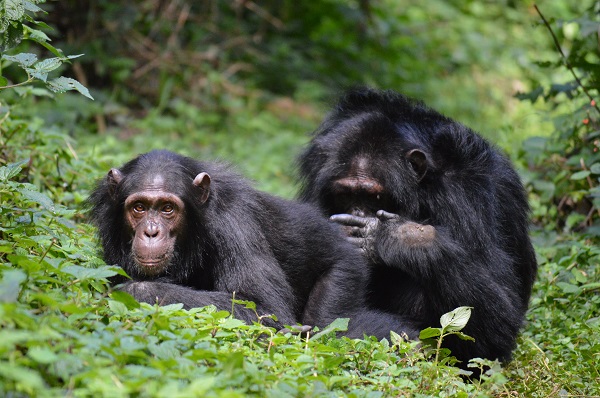
 RSS Feed
RSS Feed
